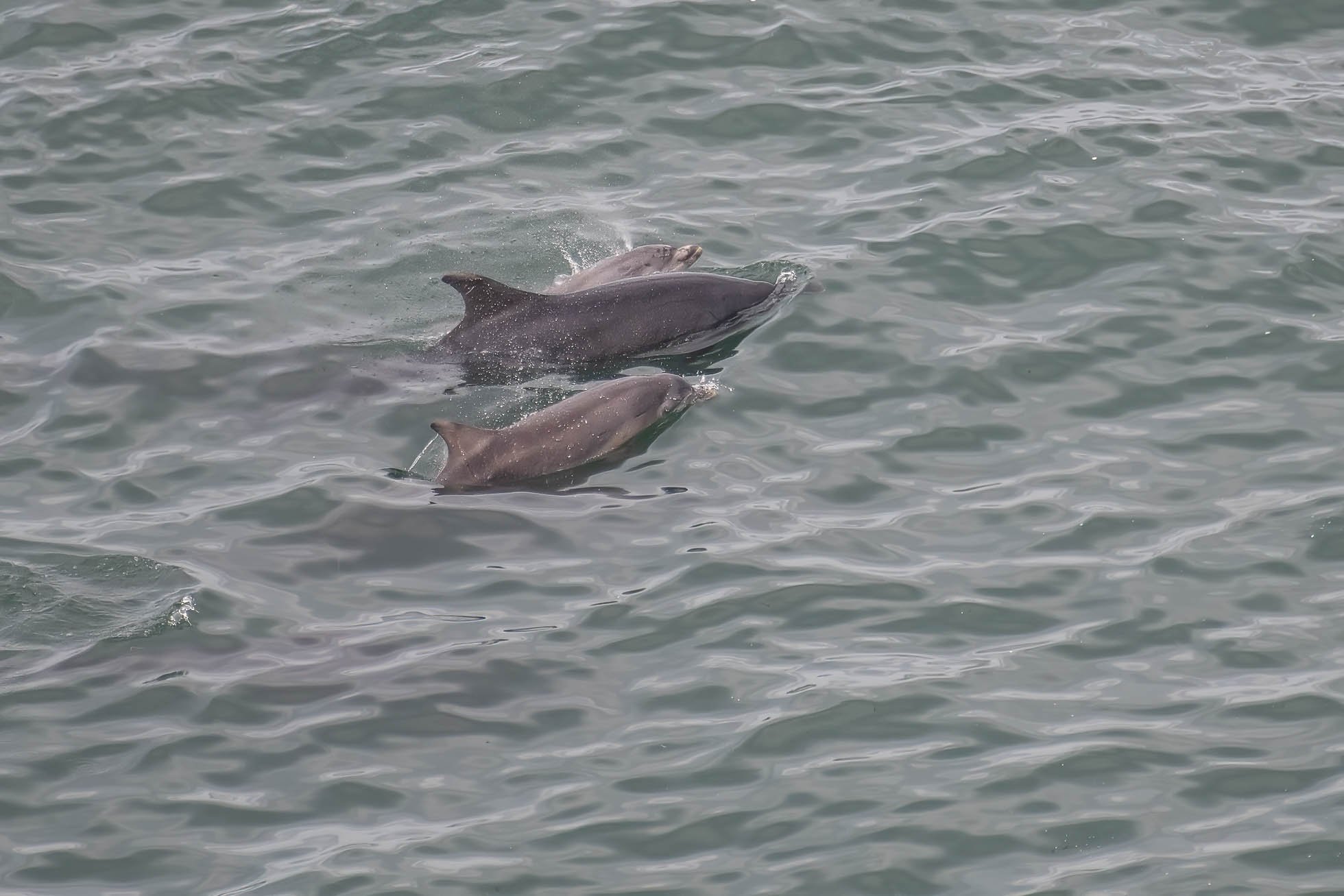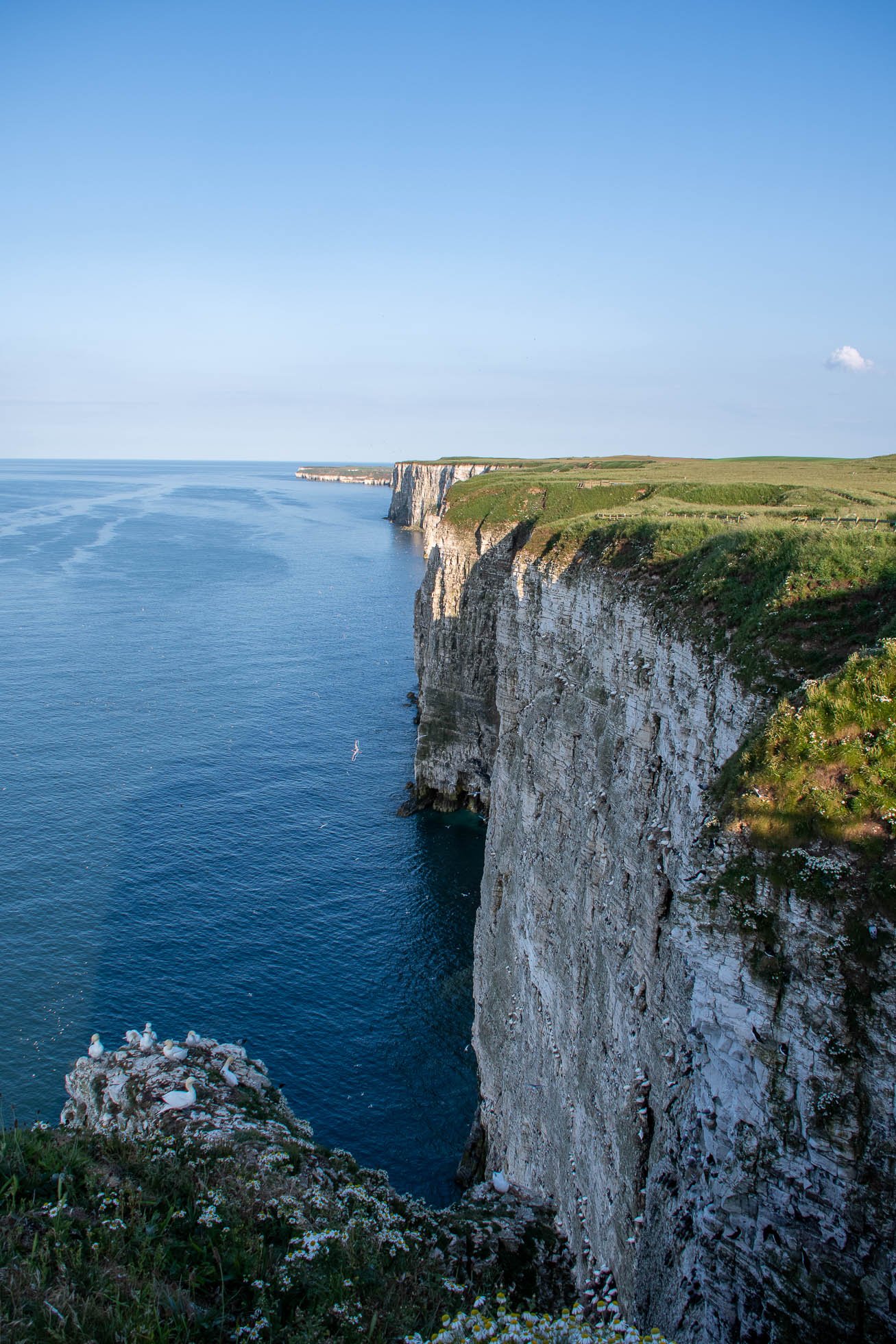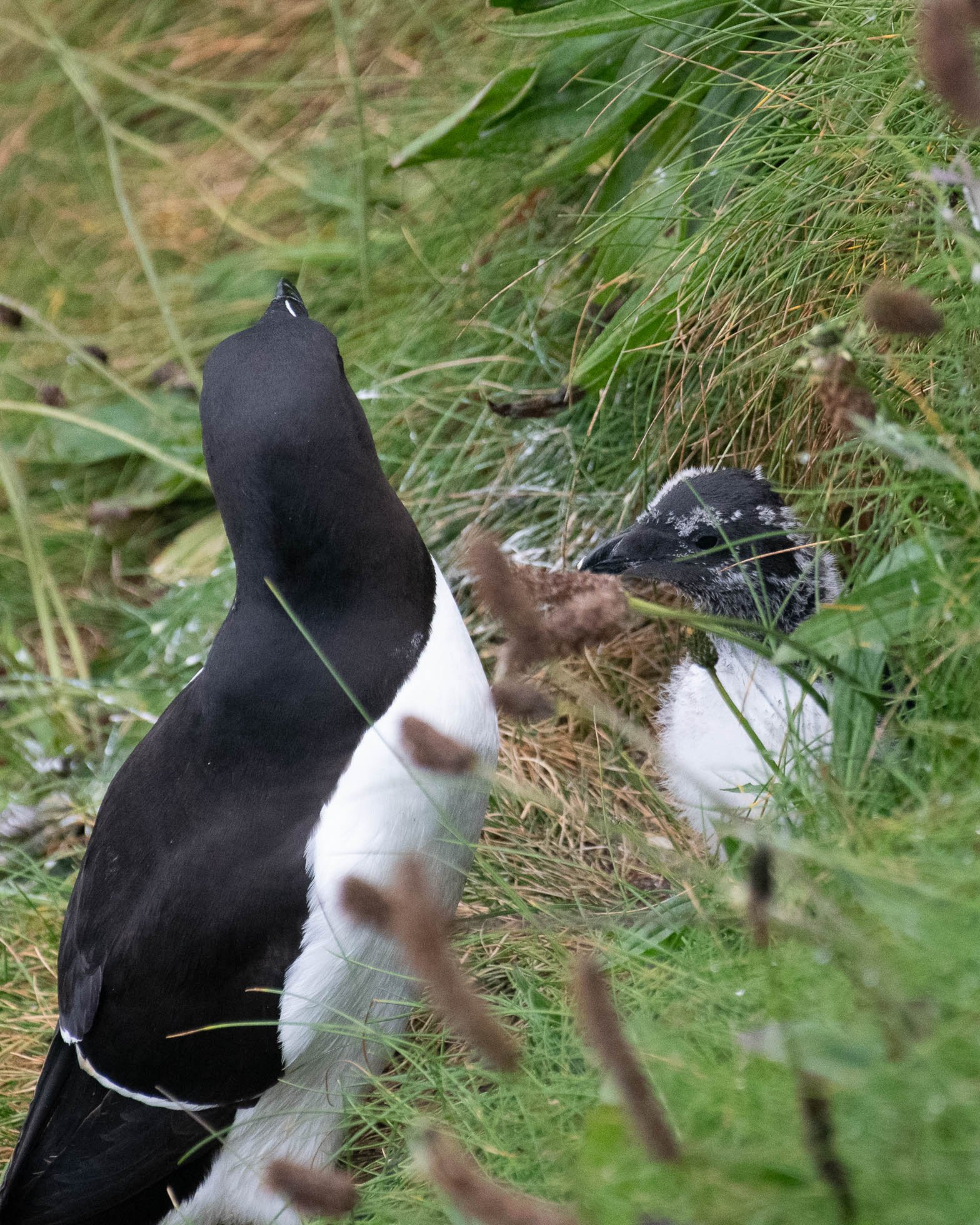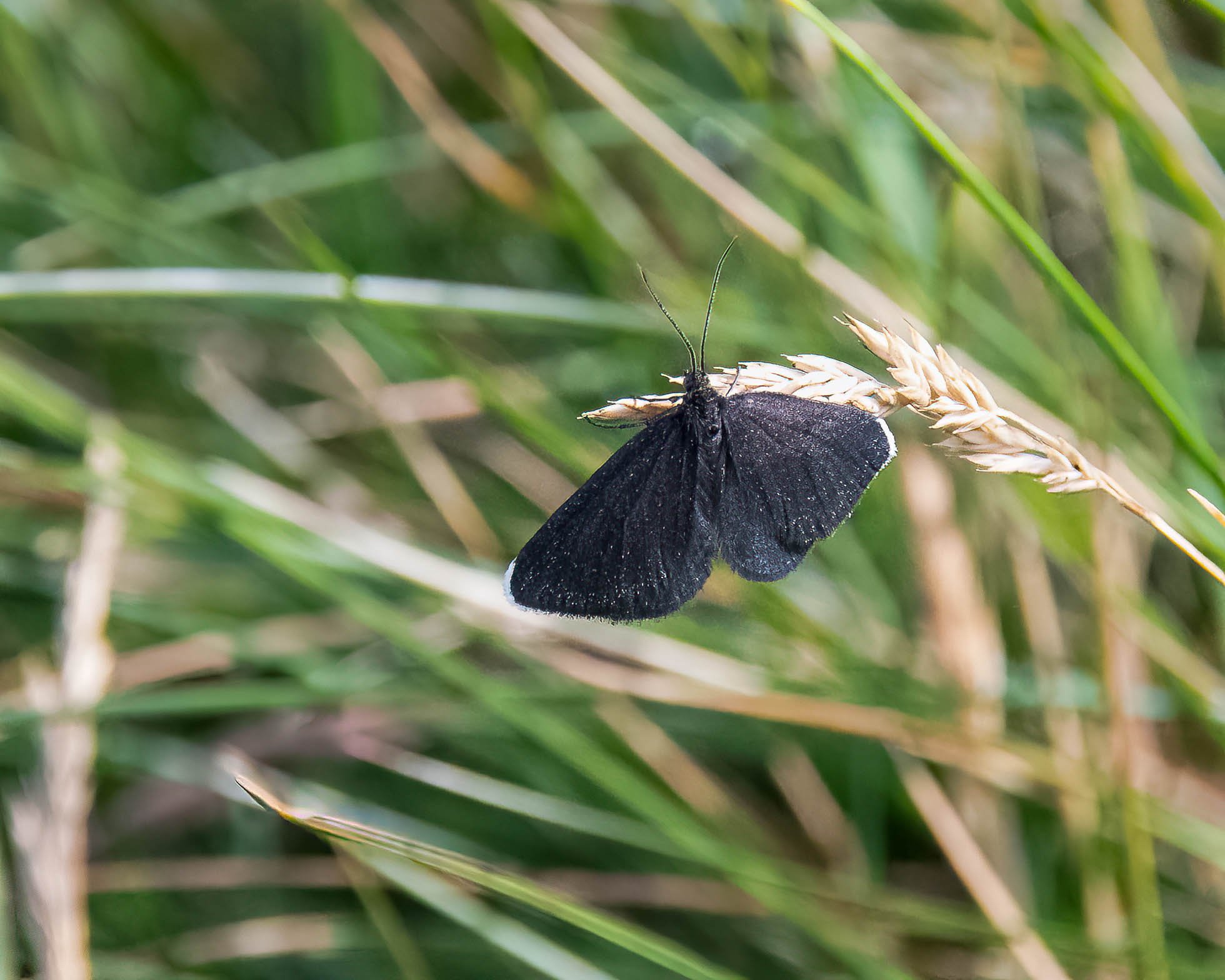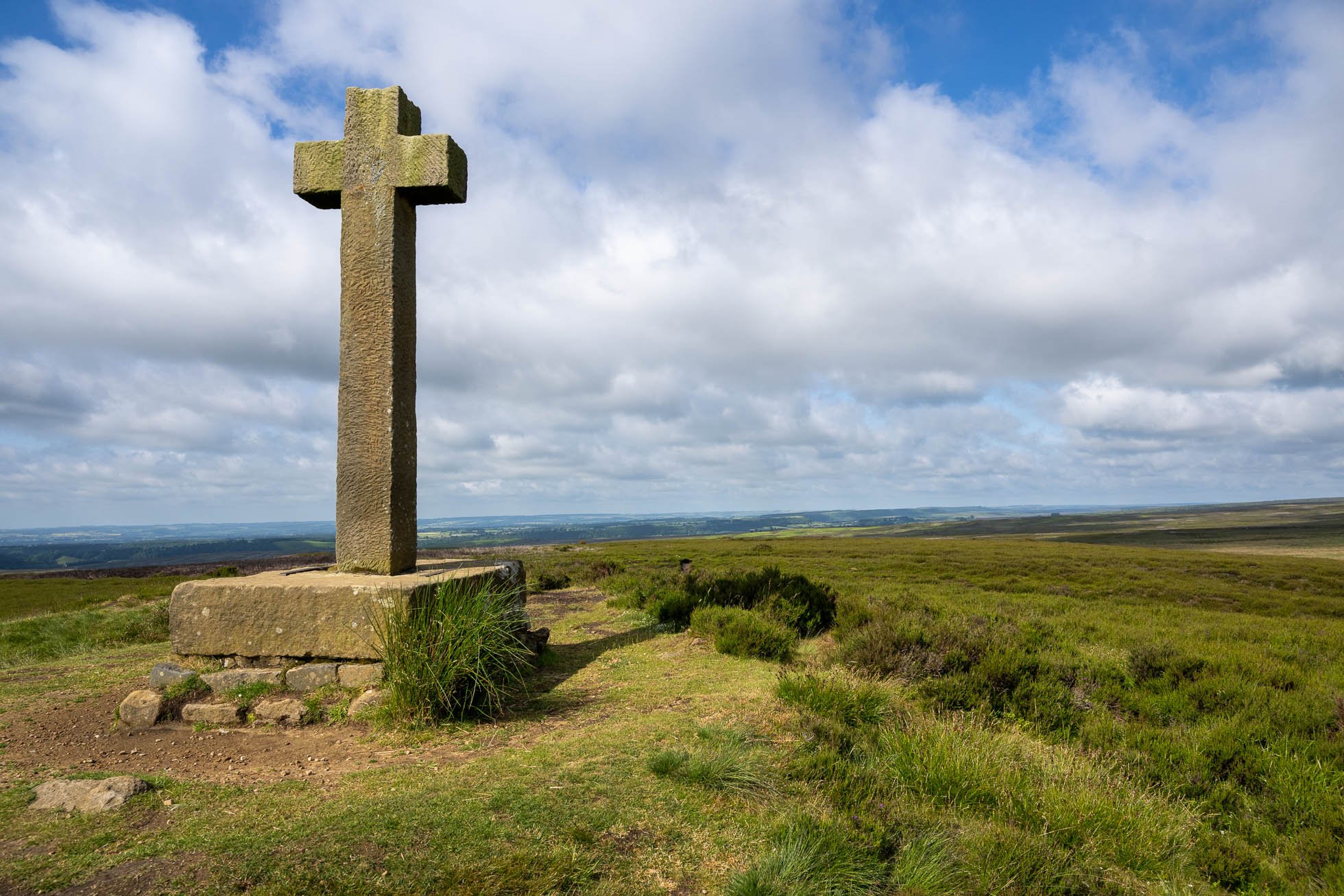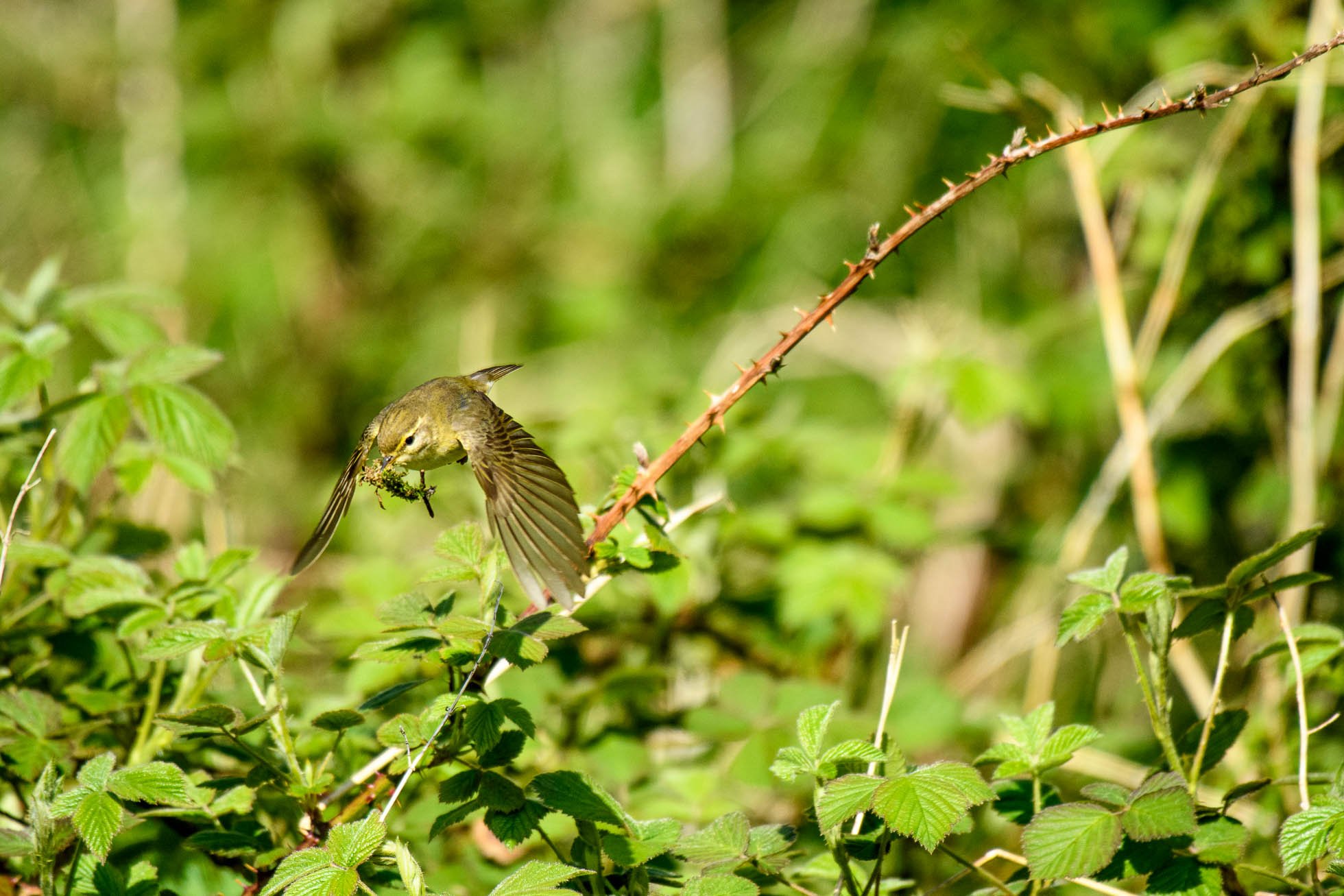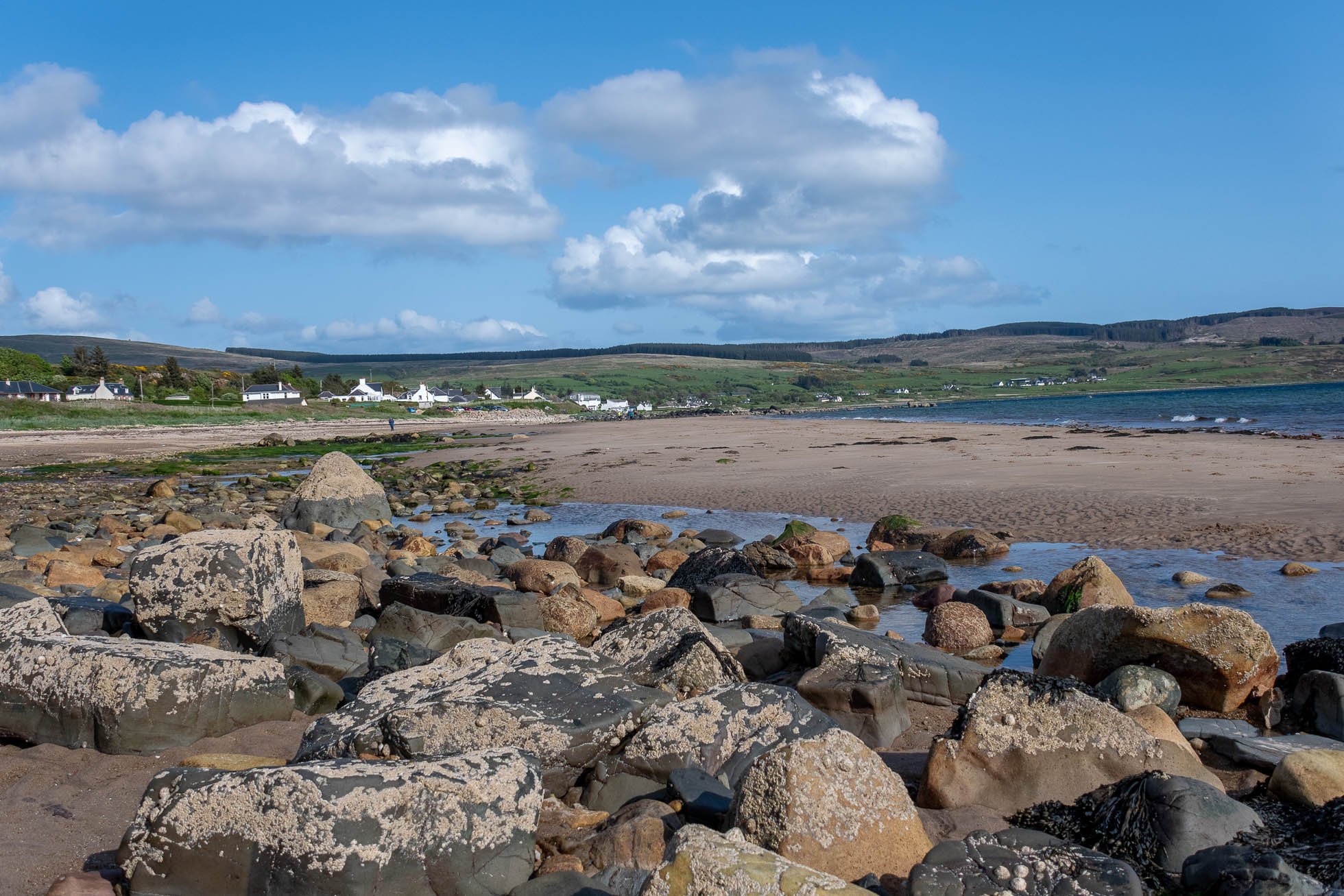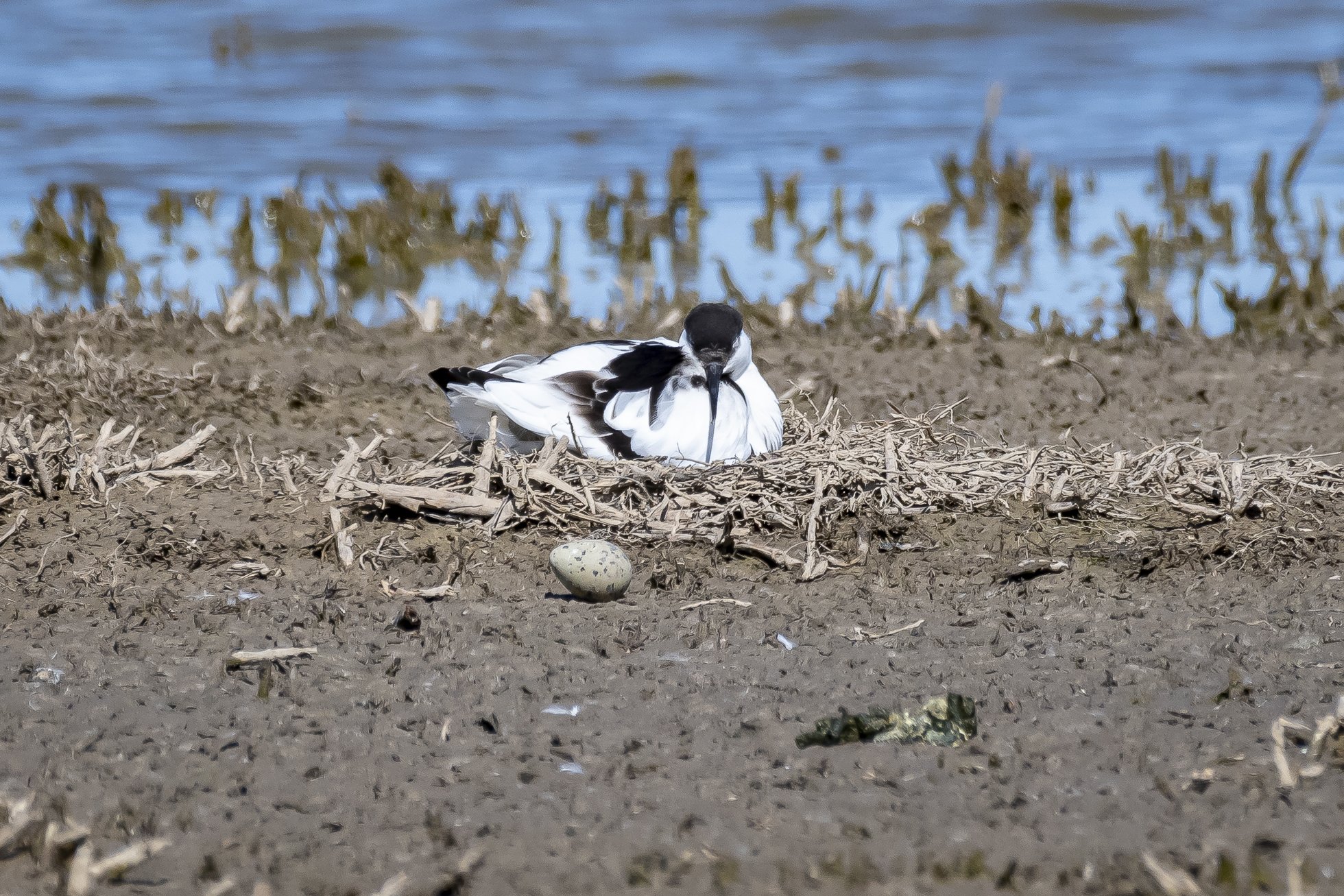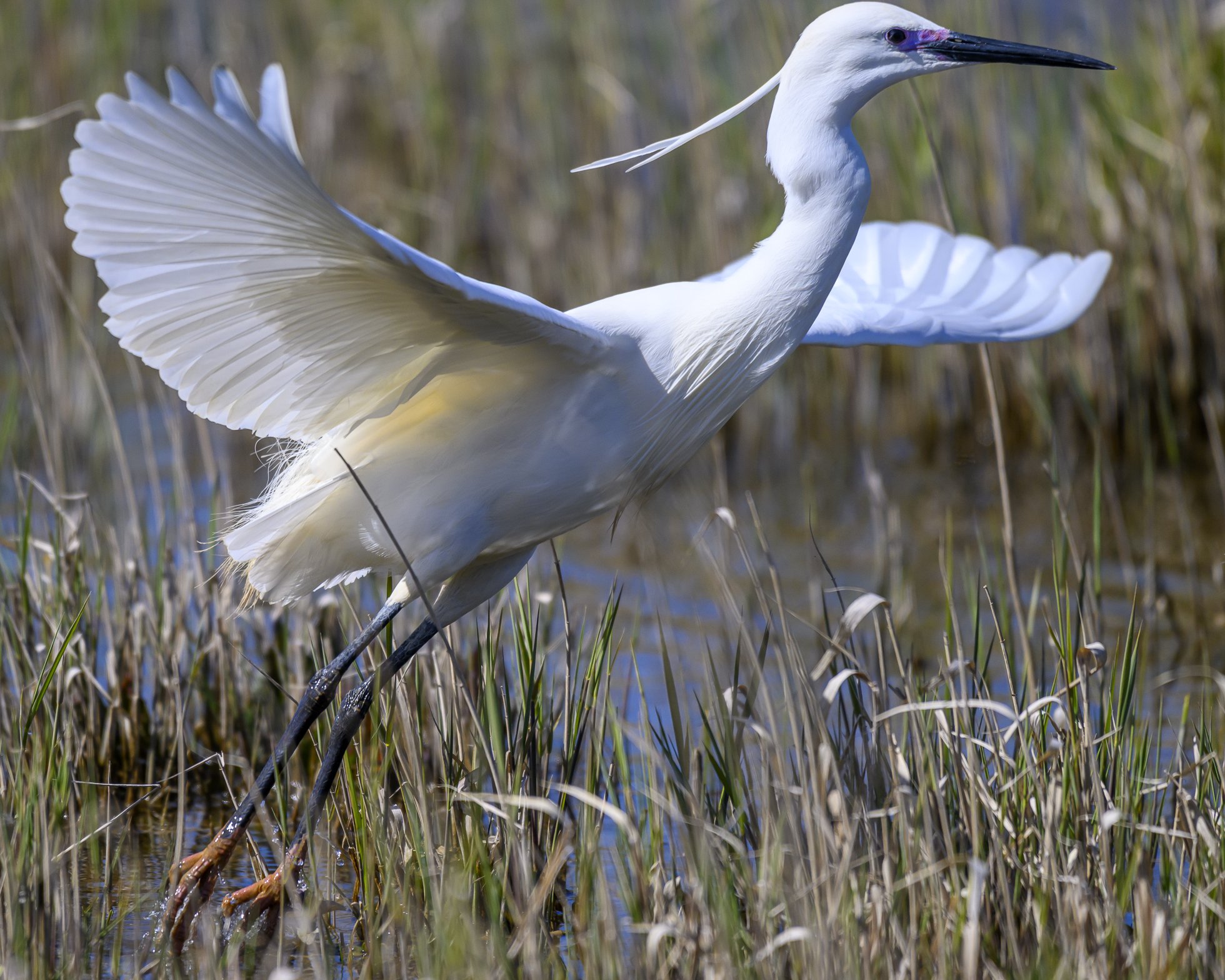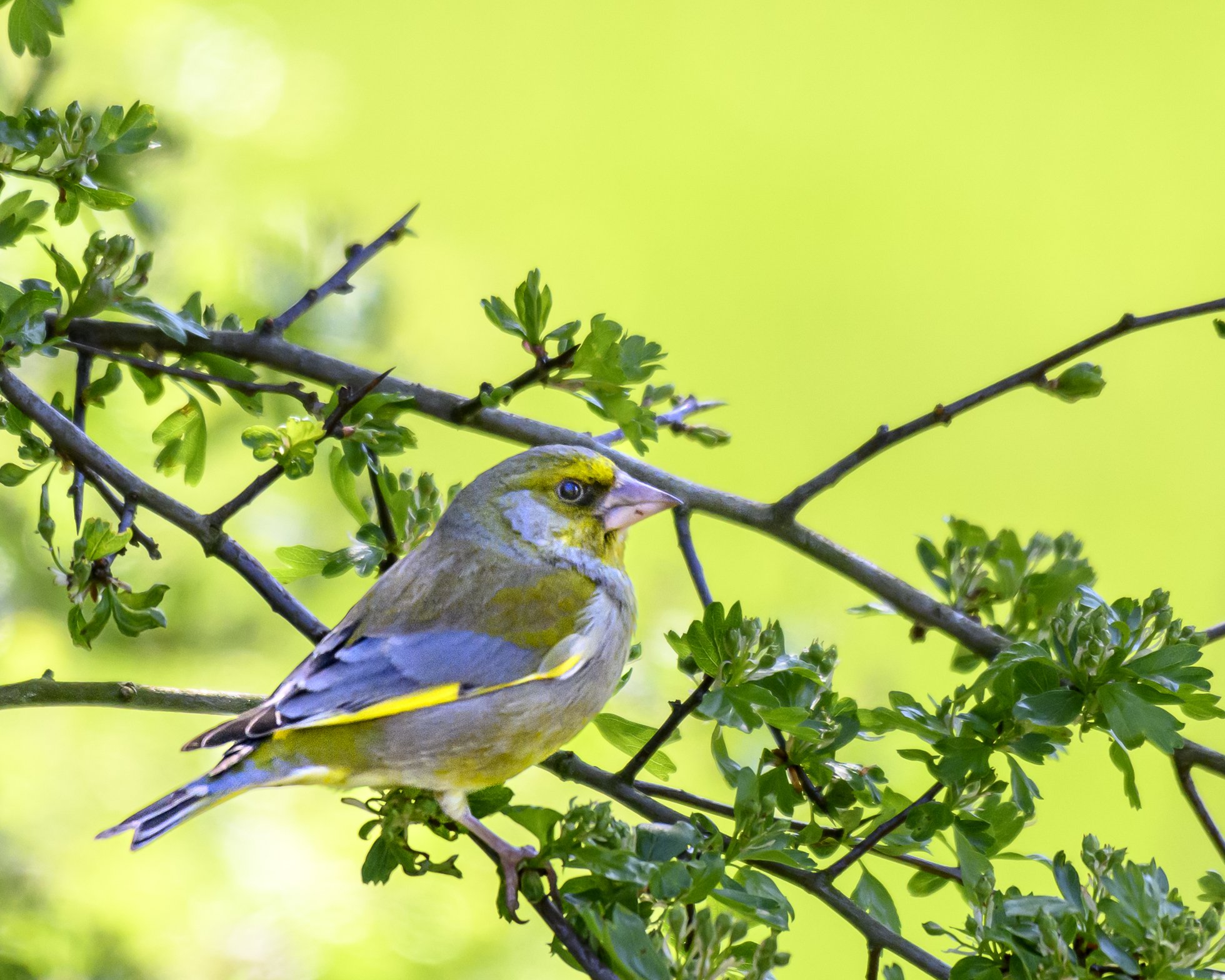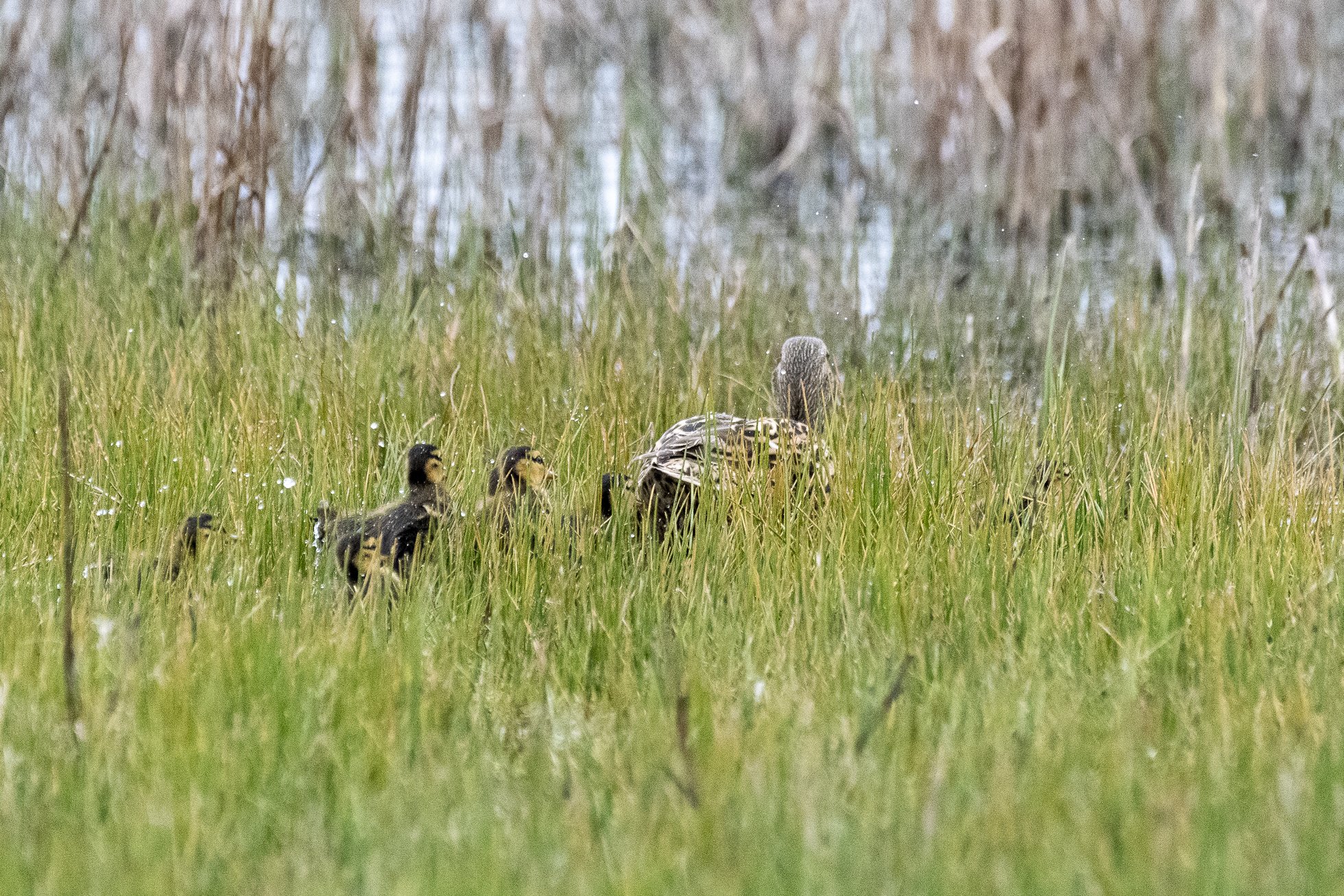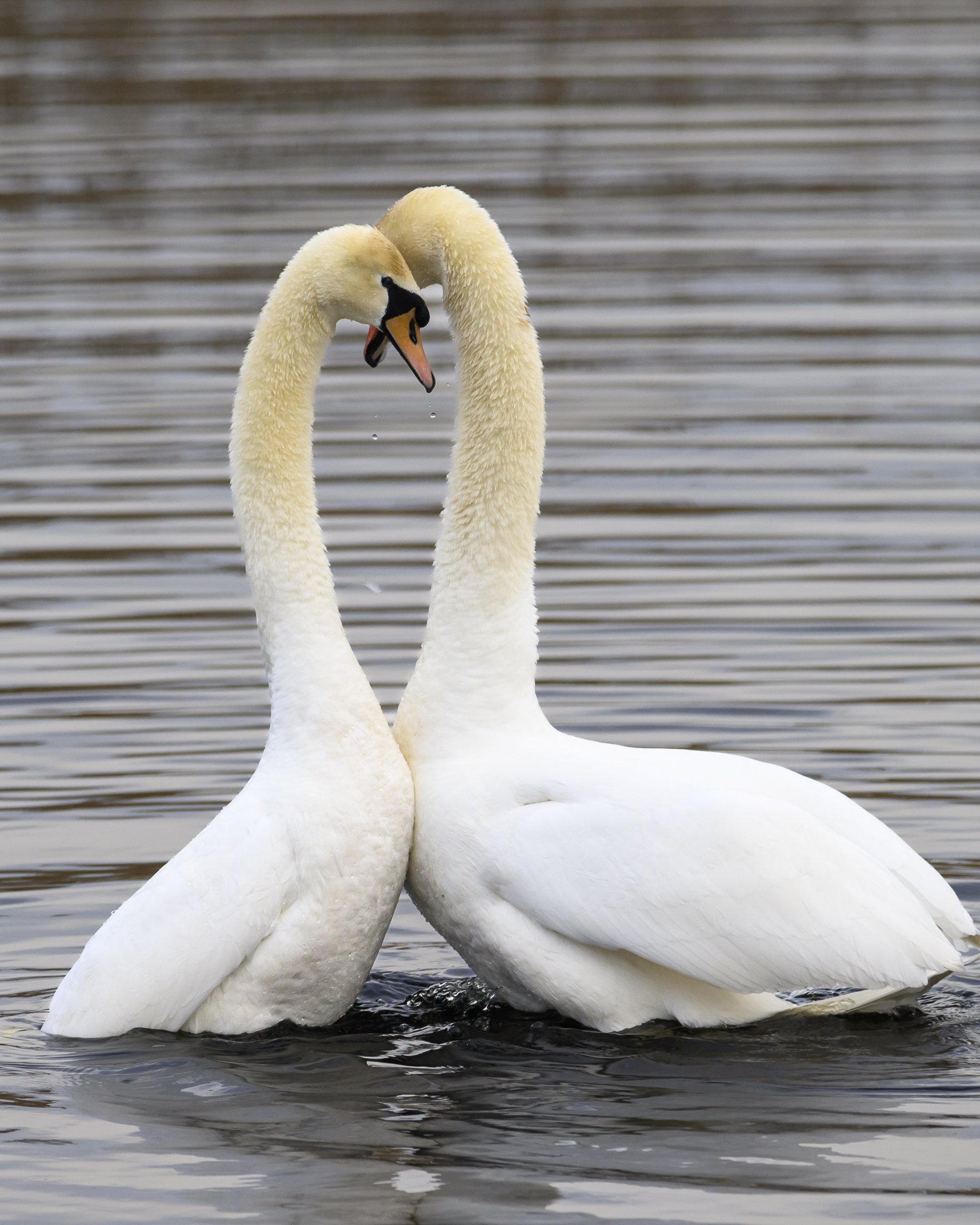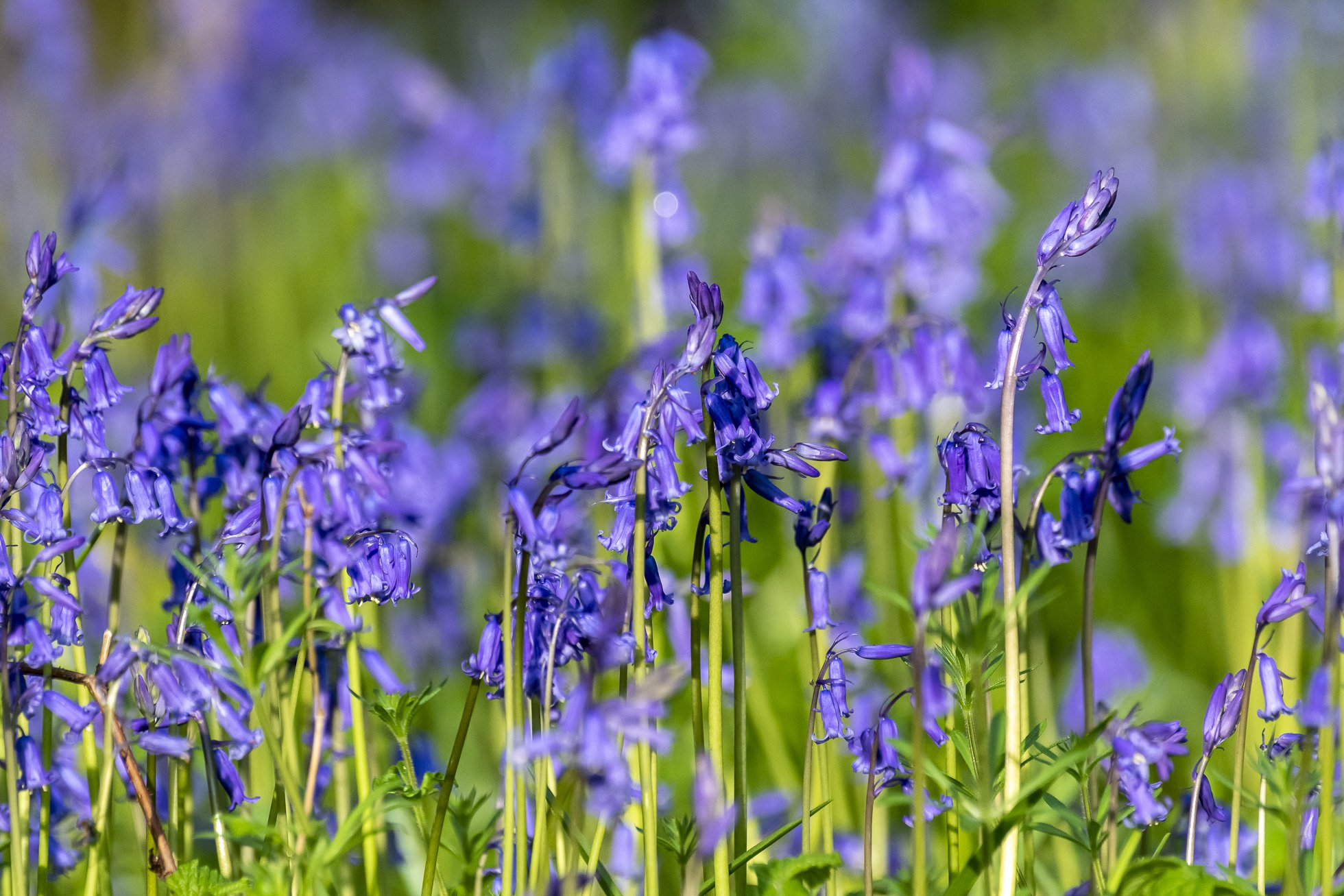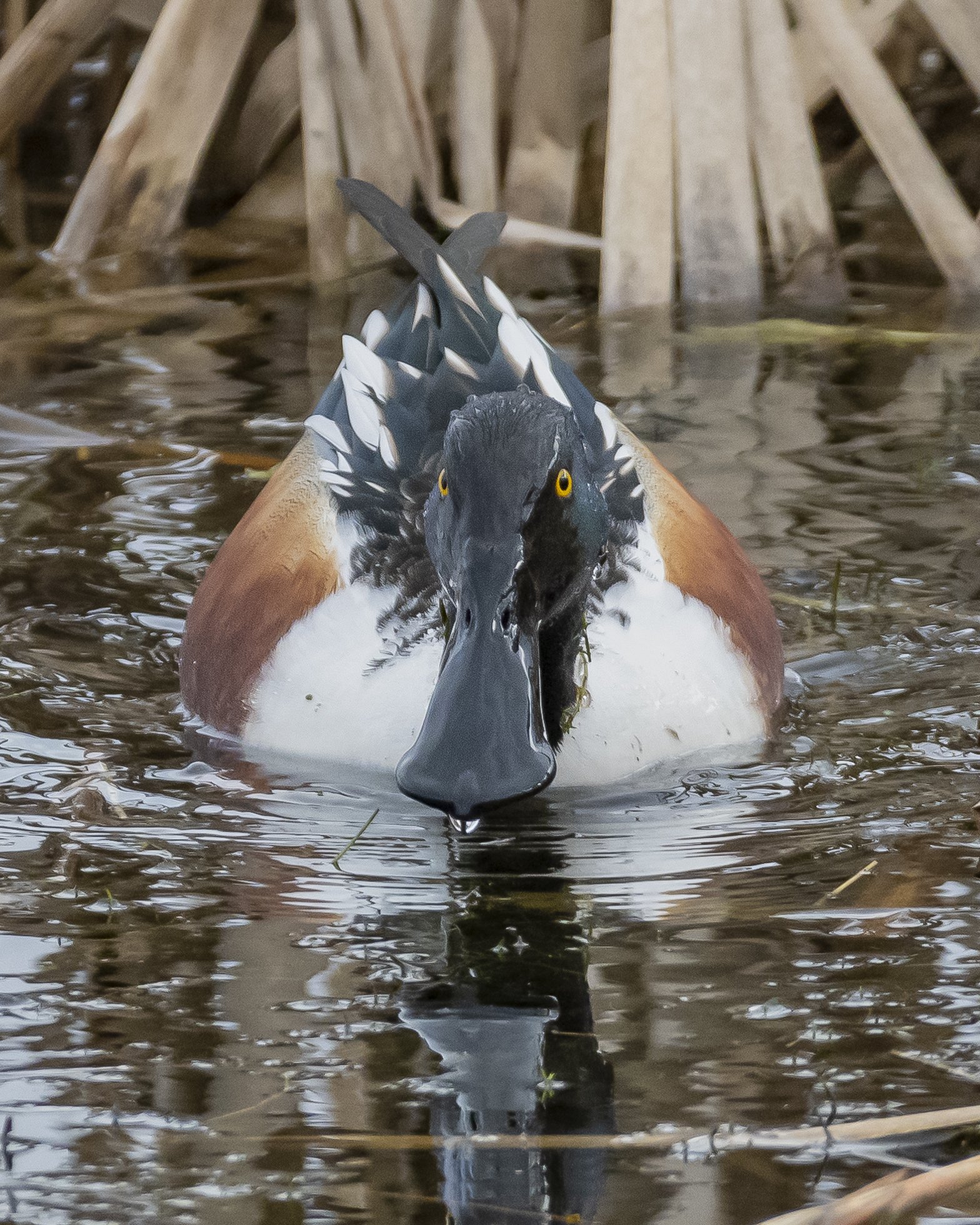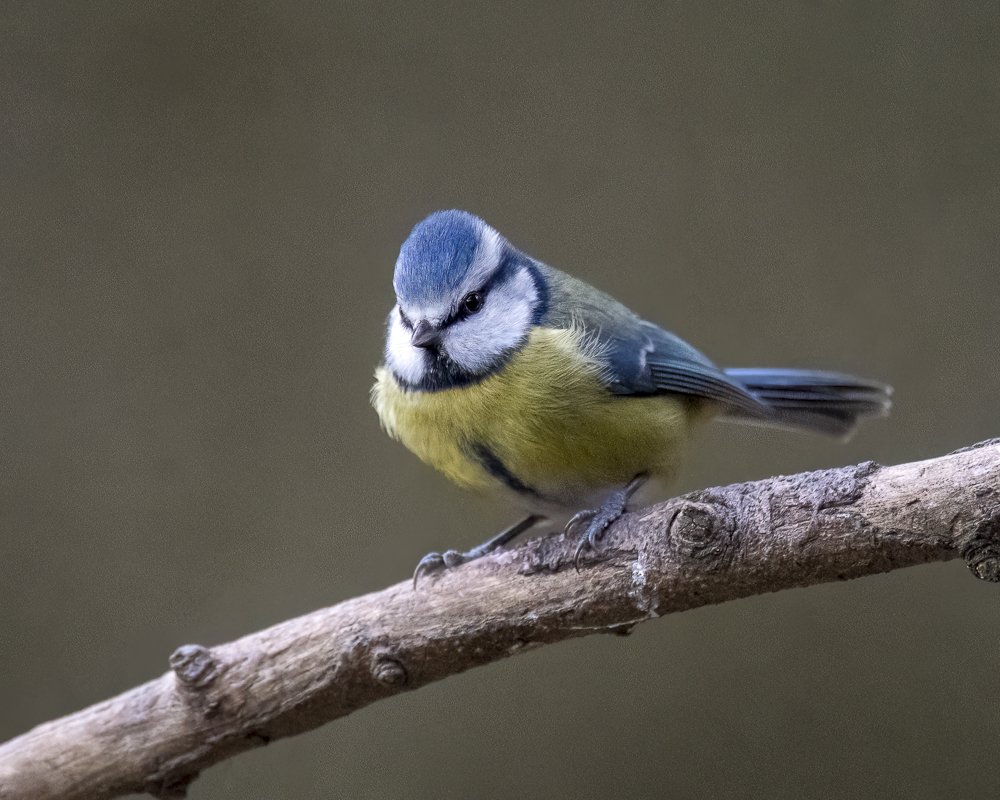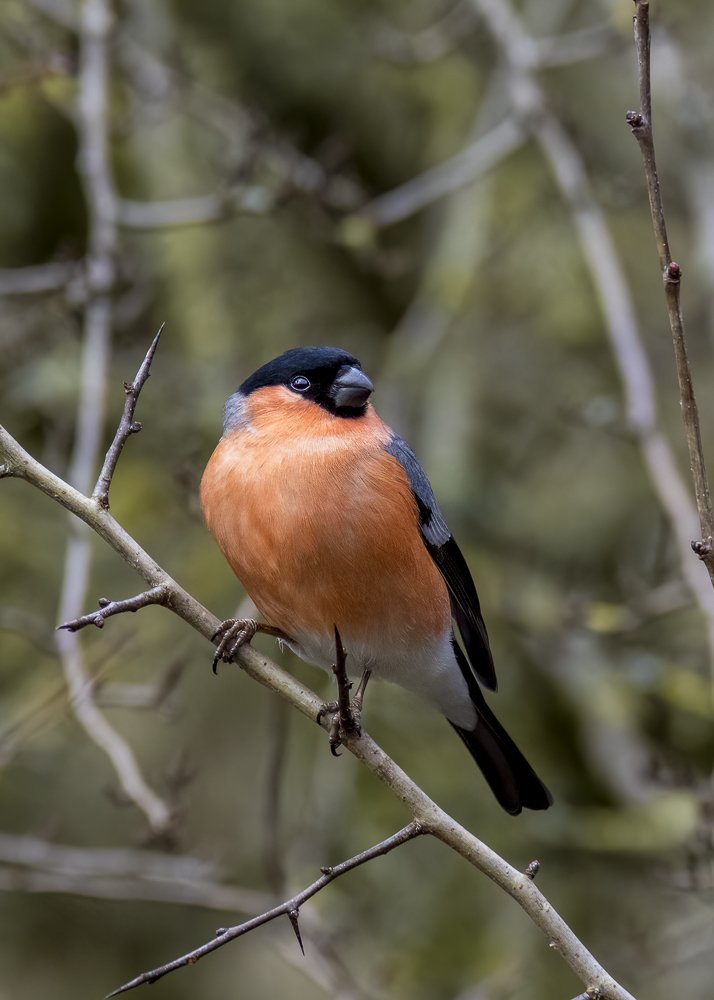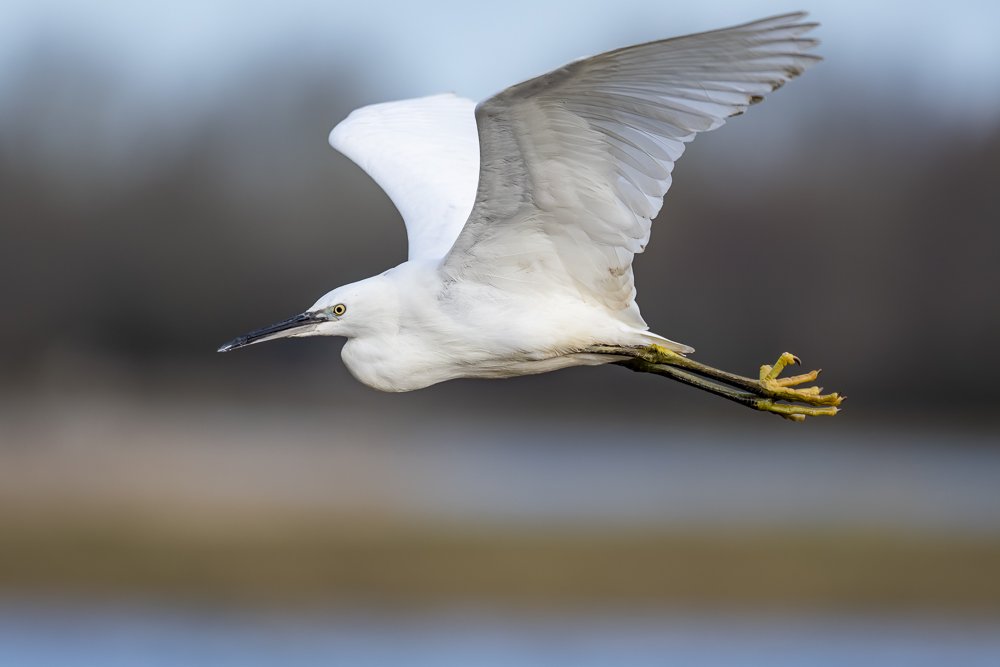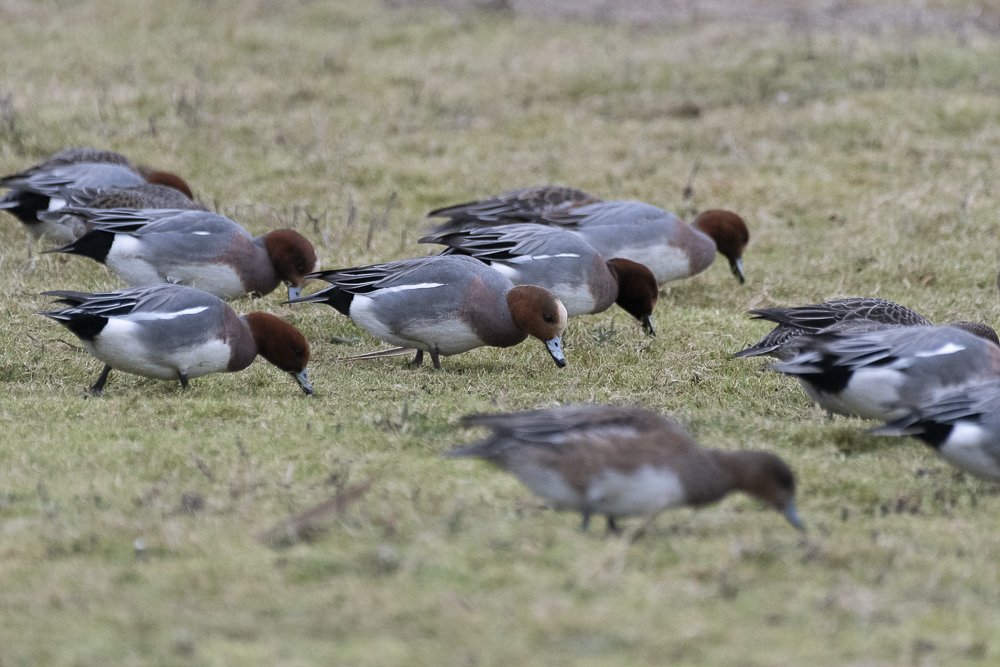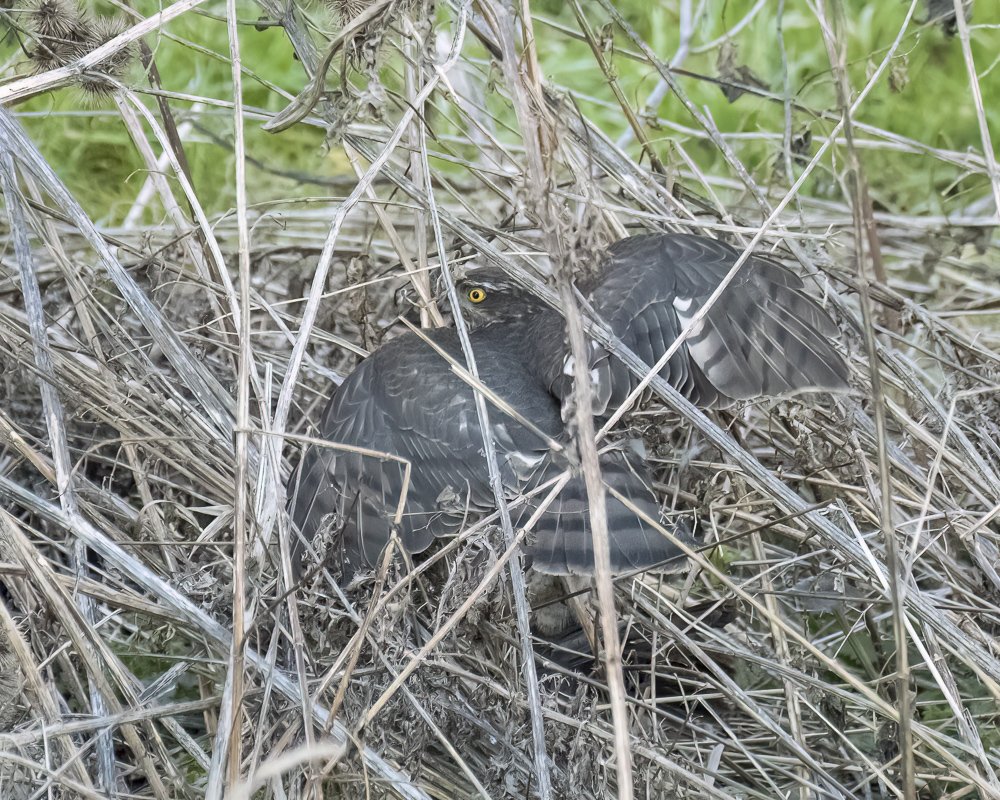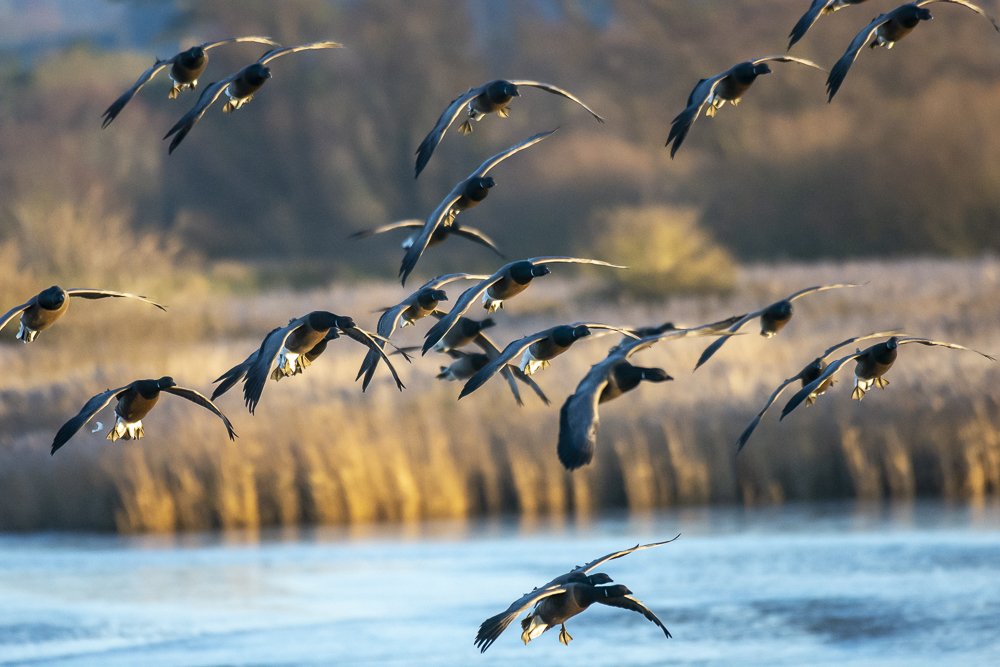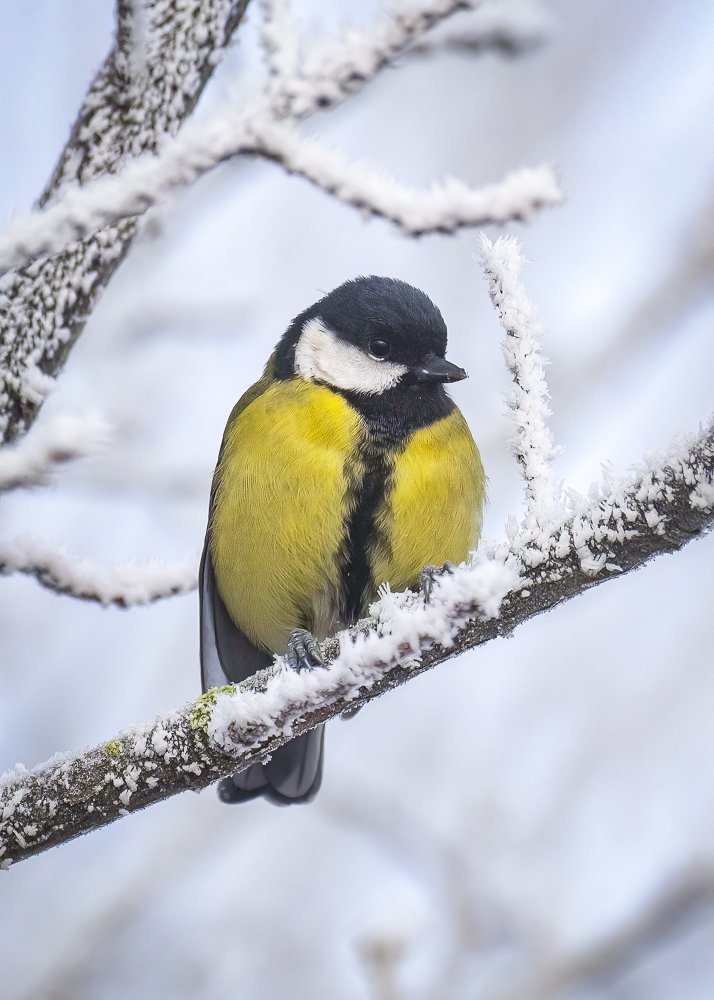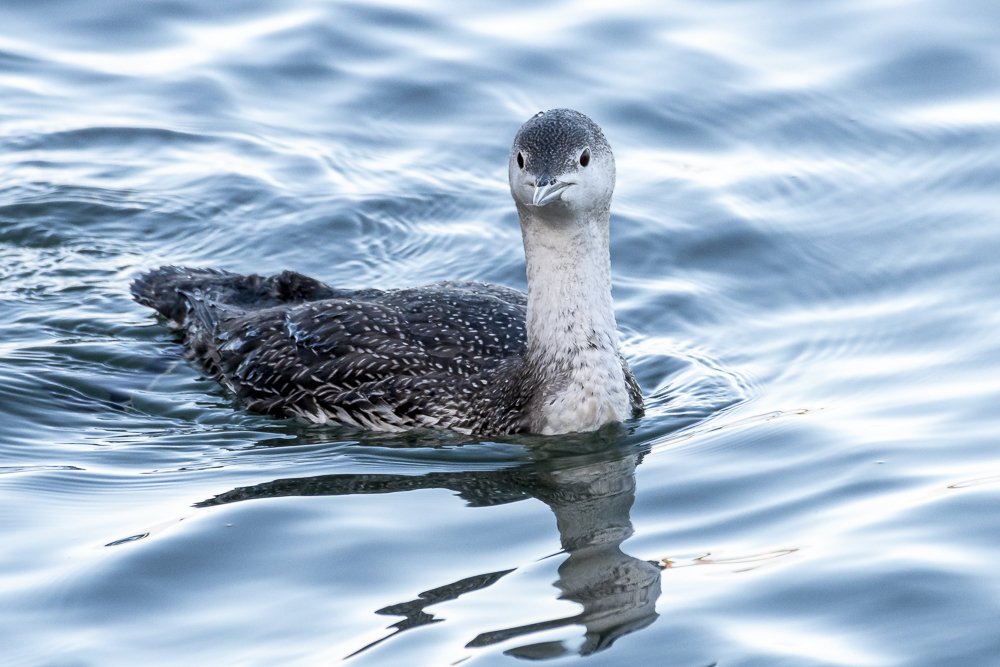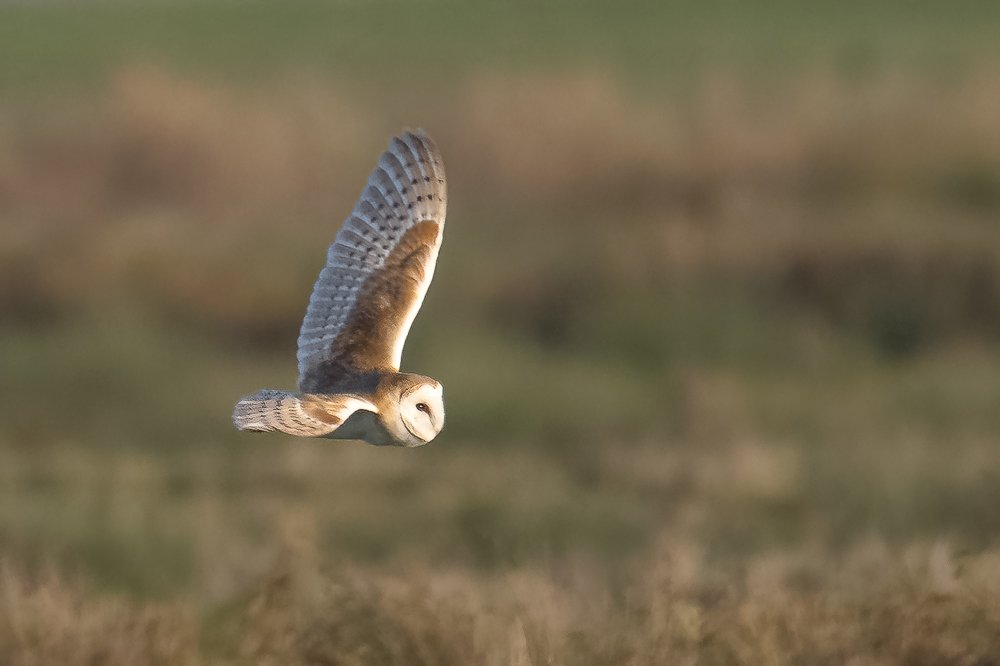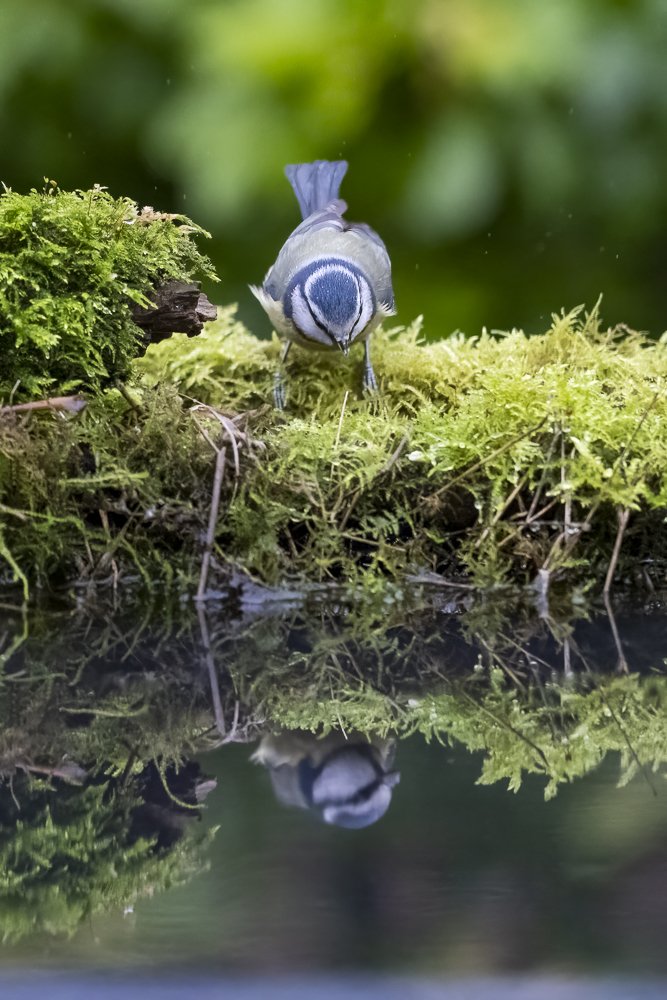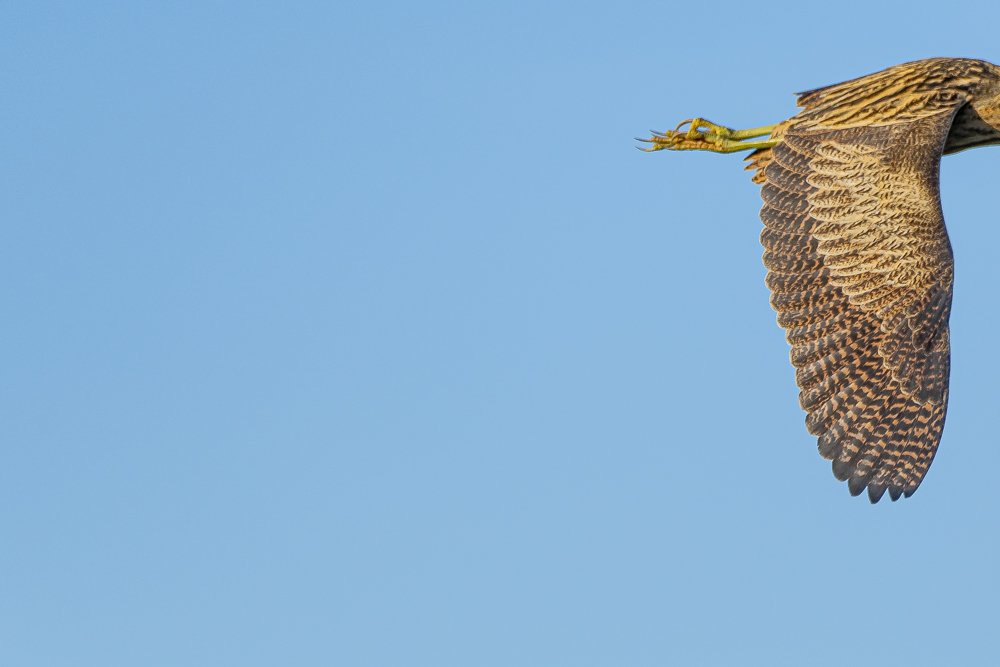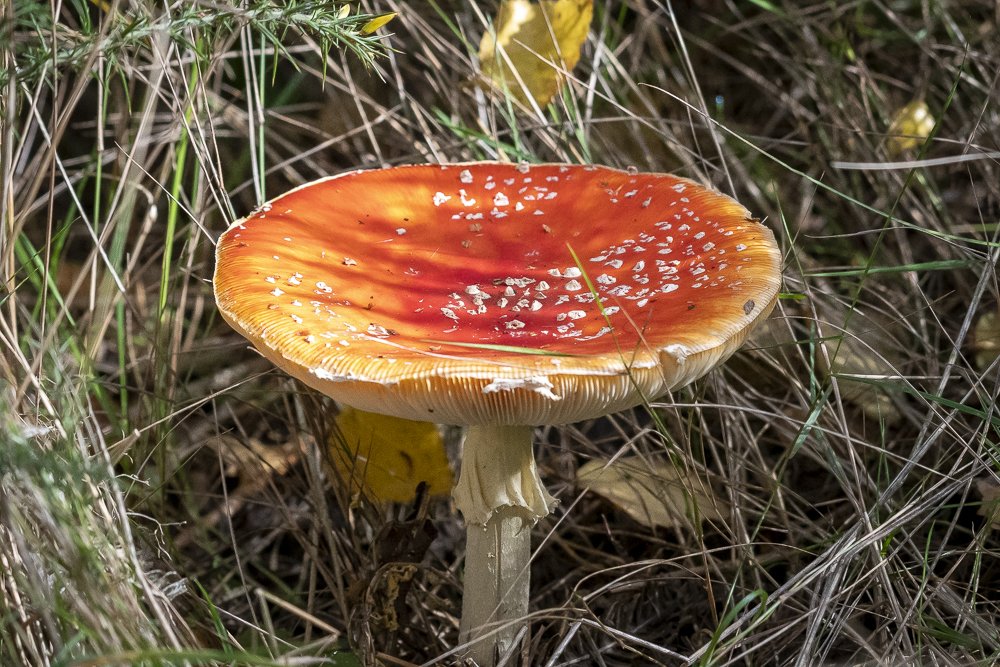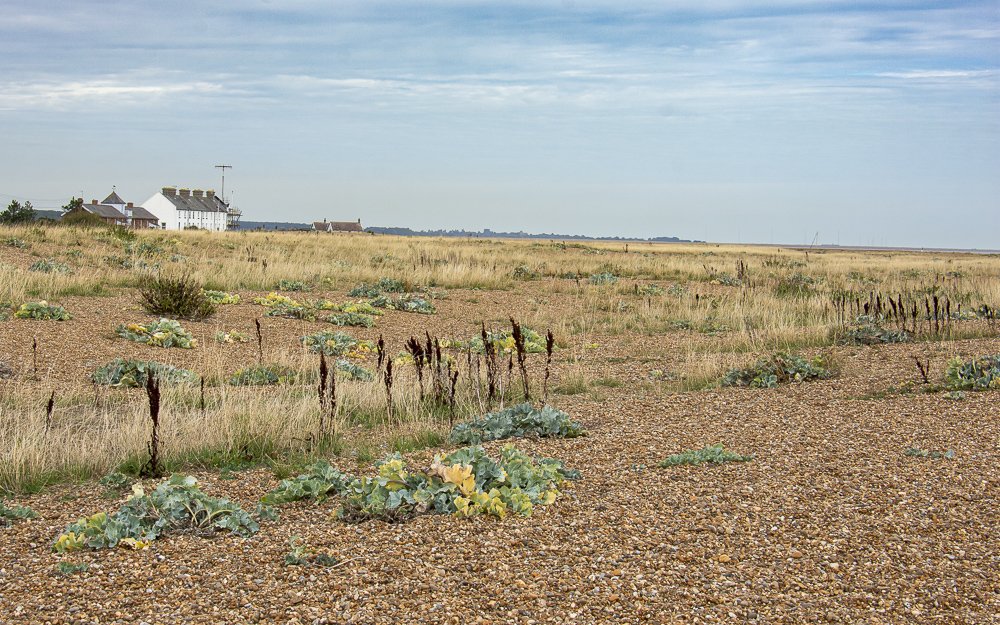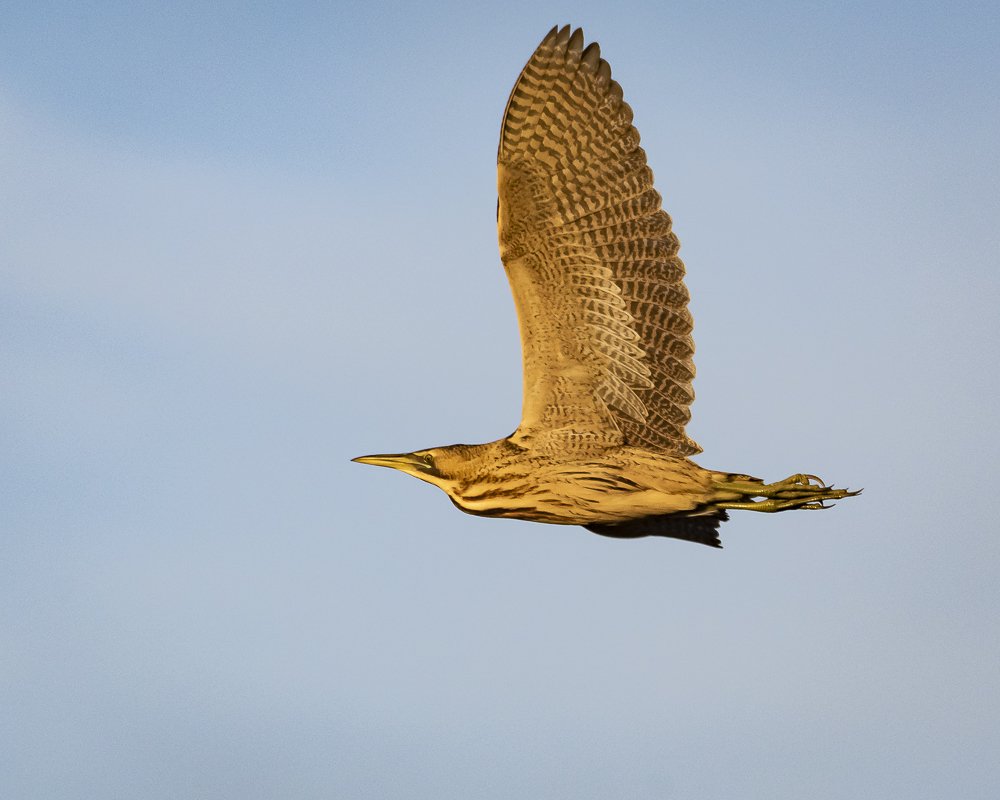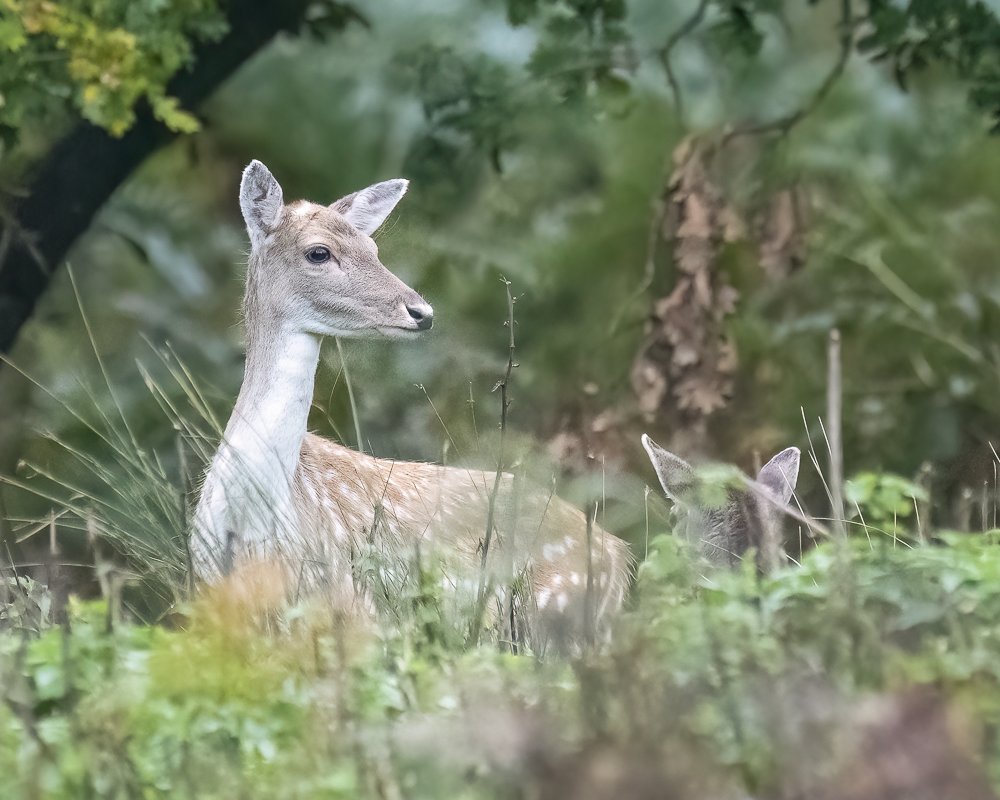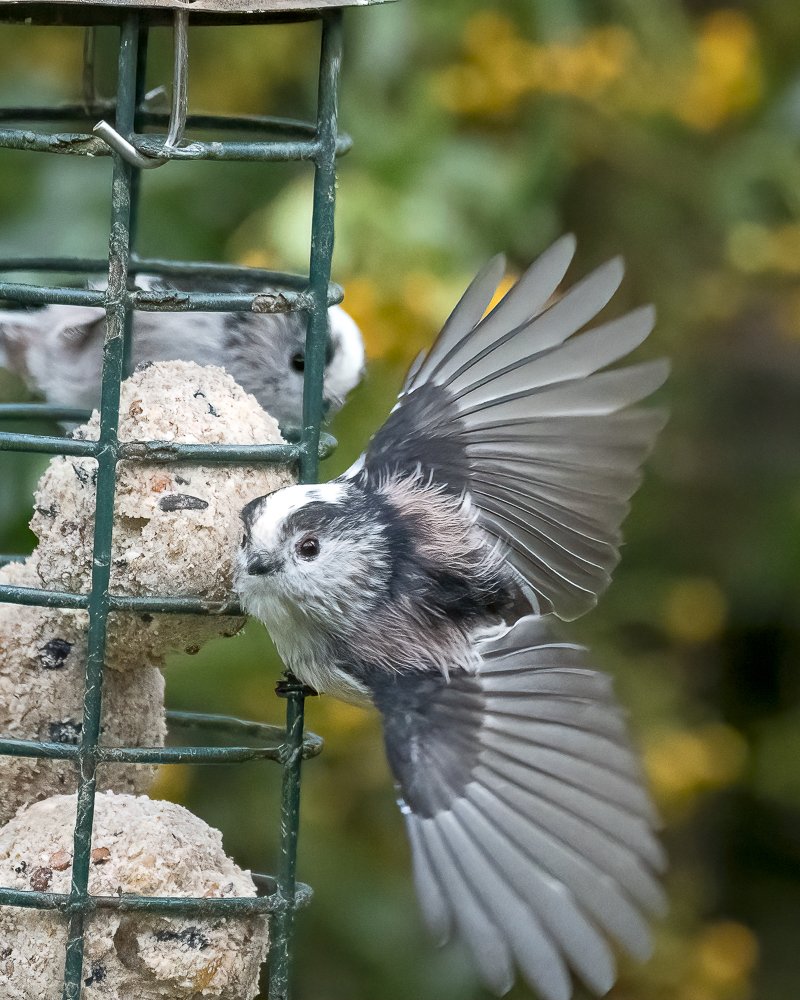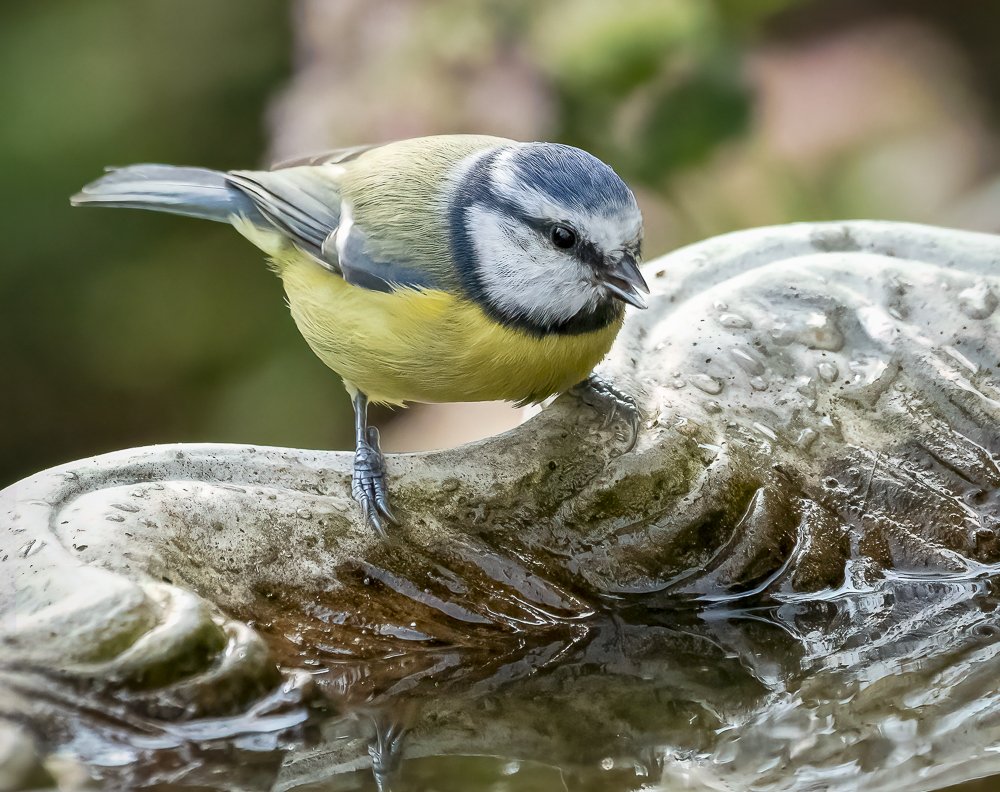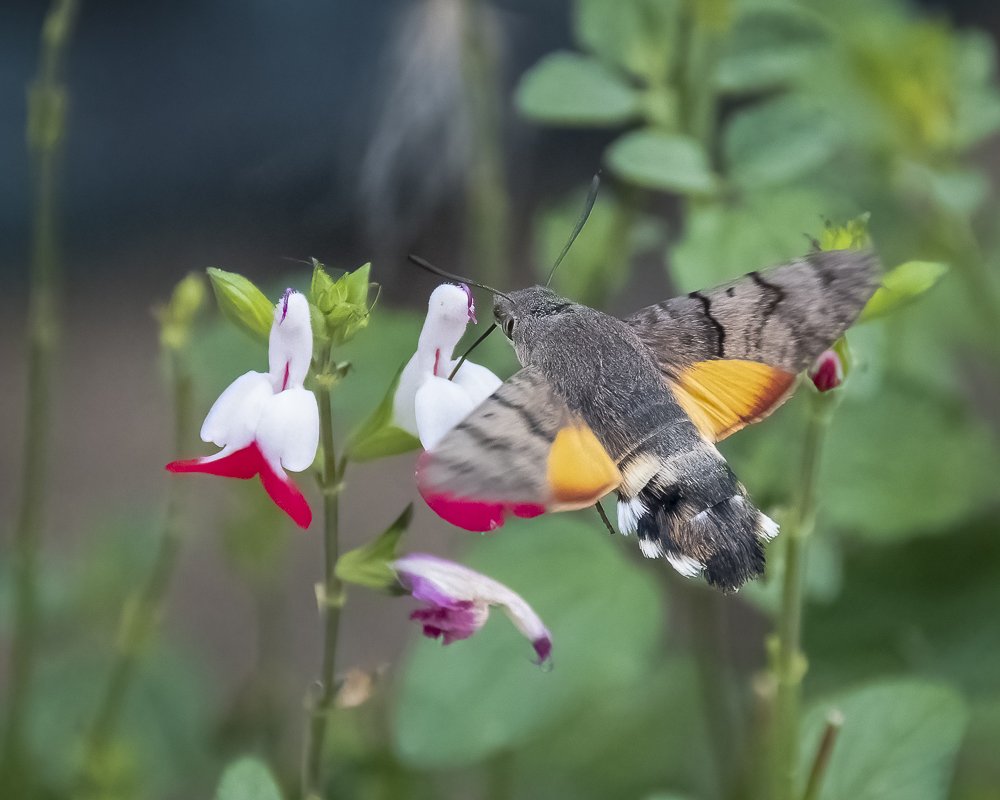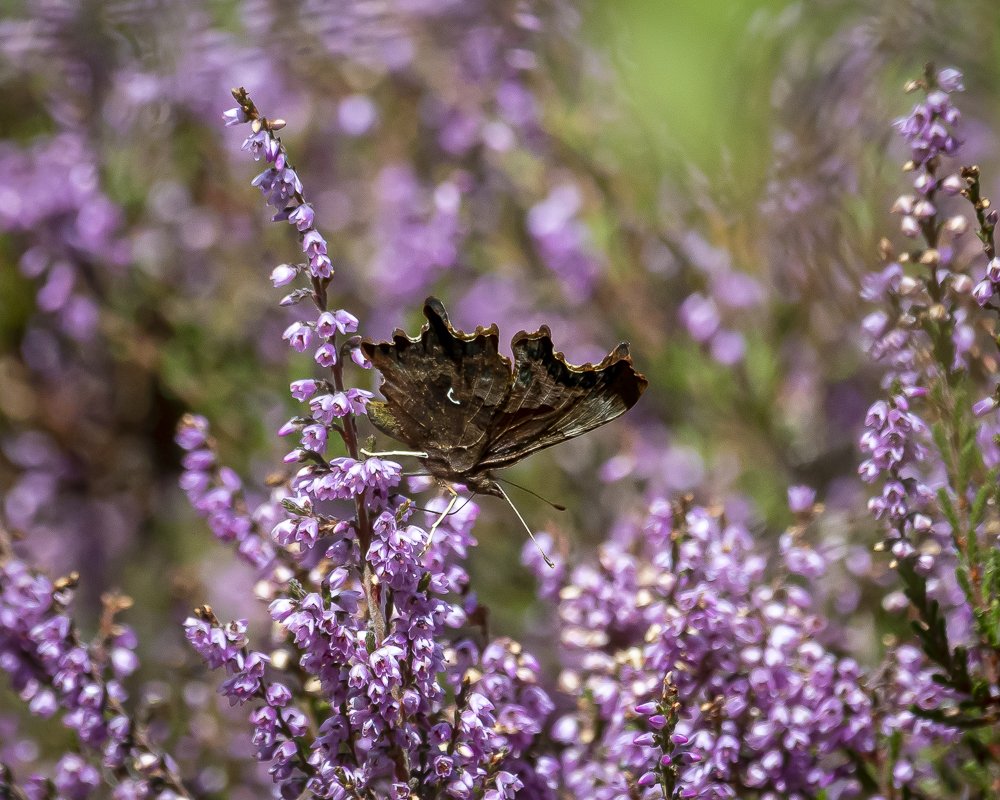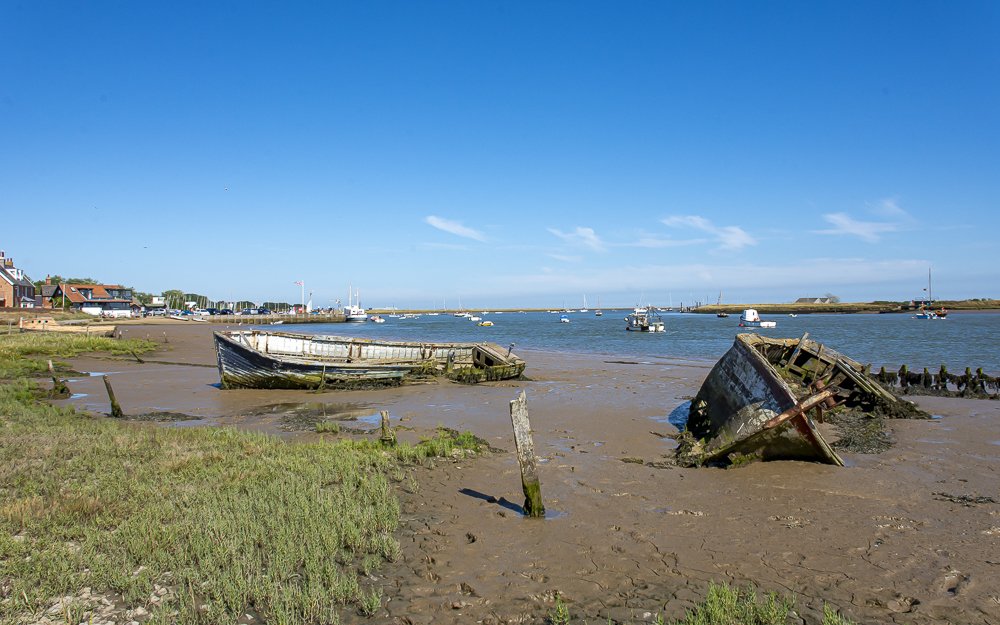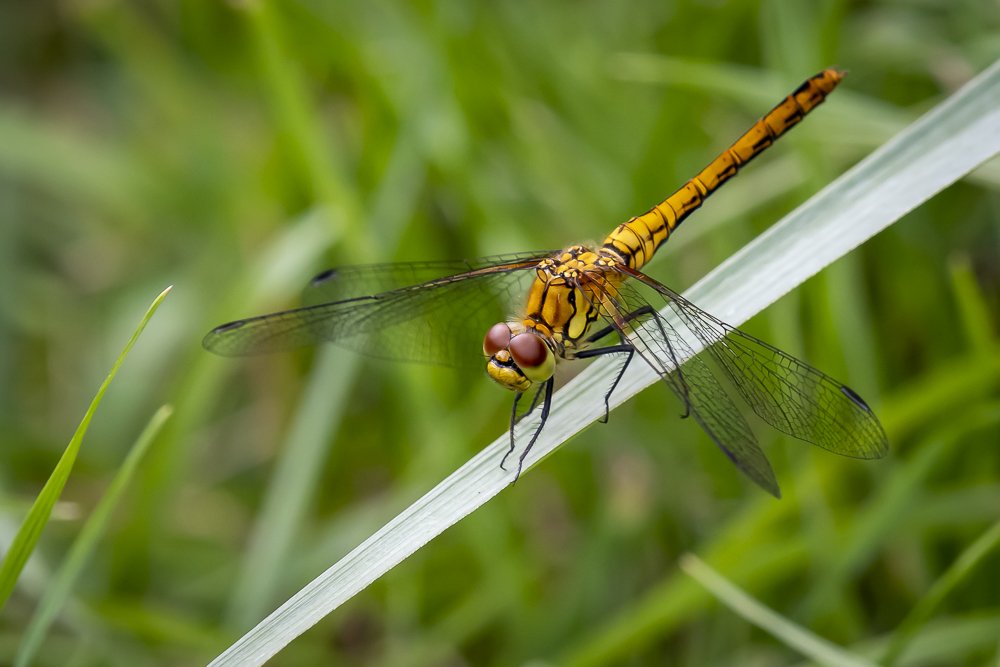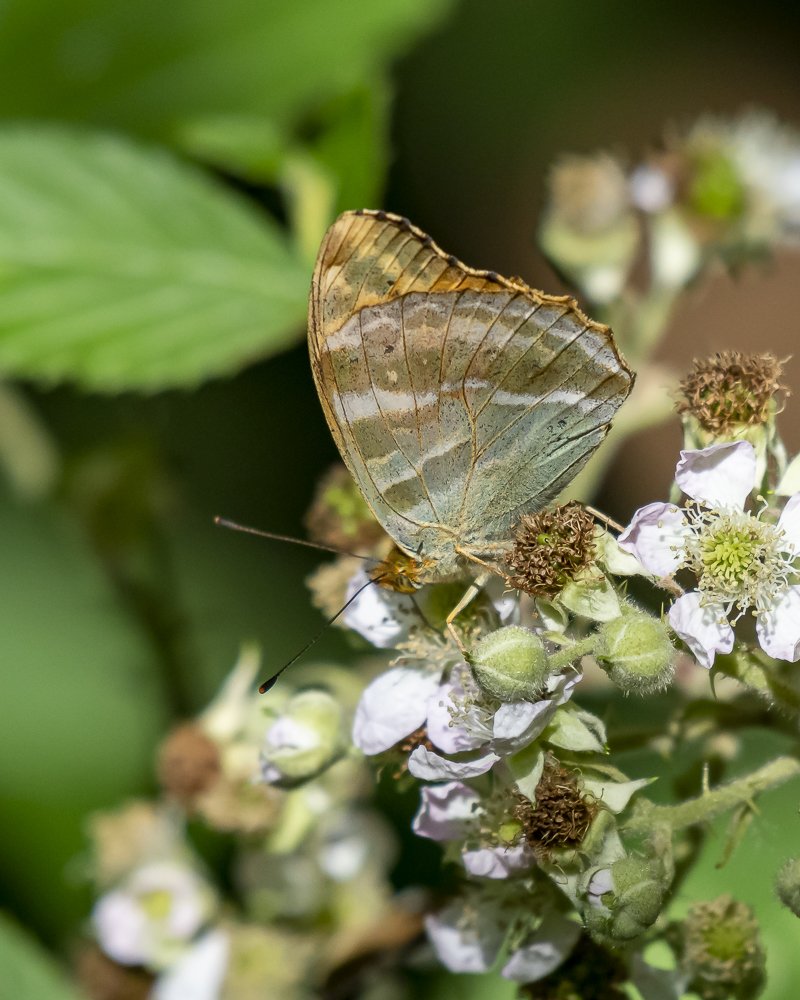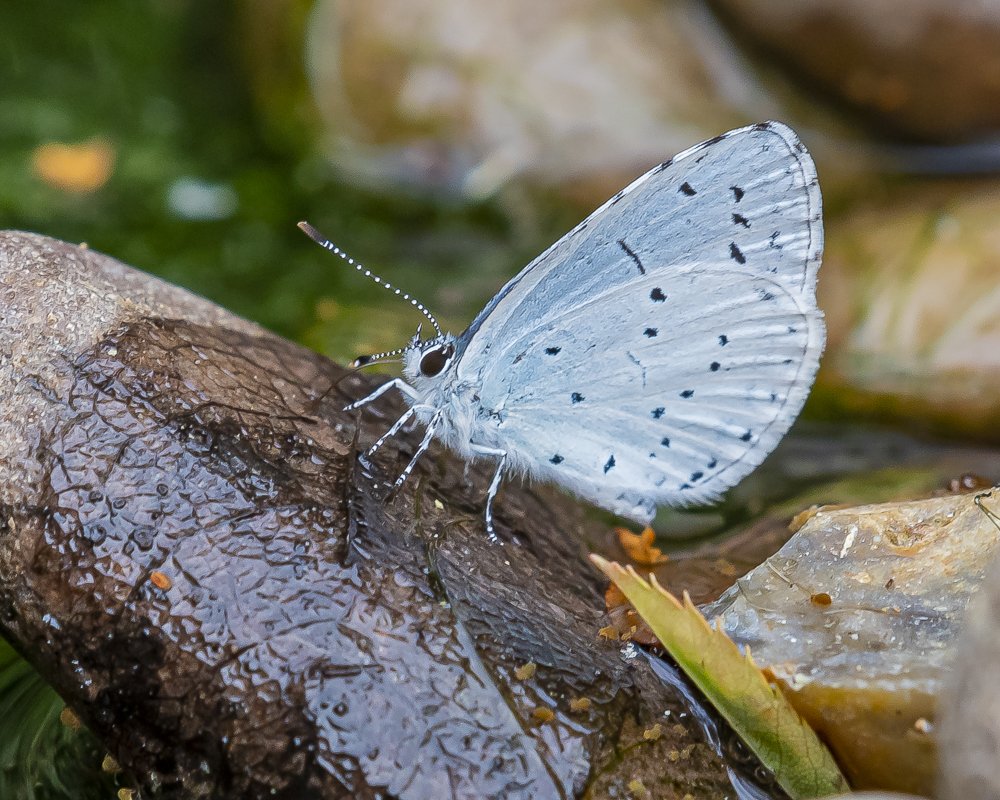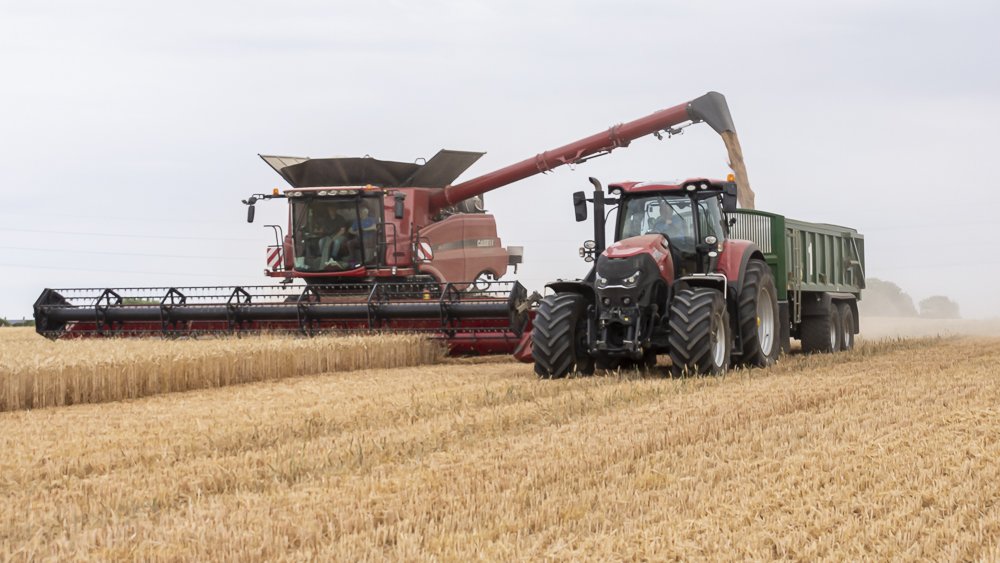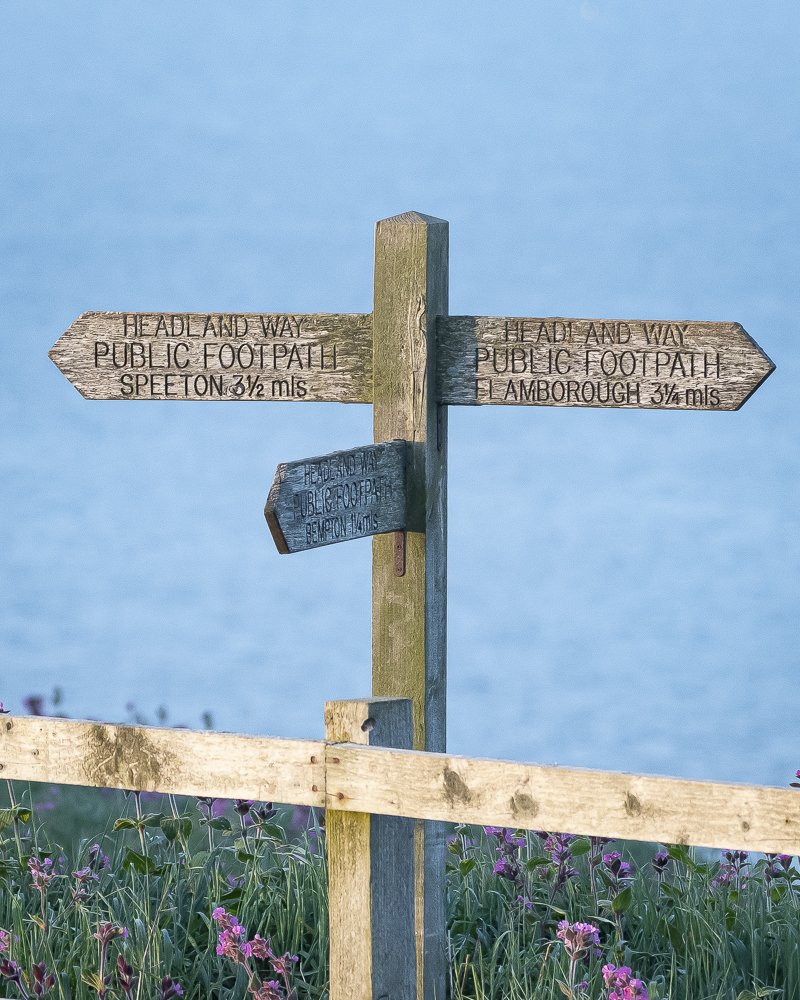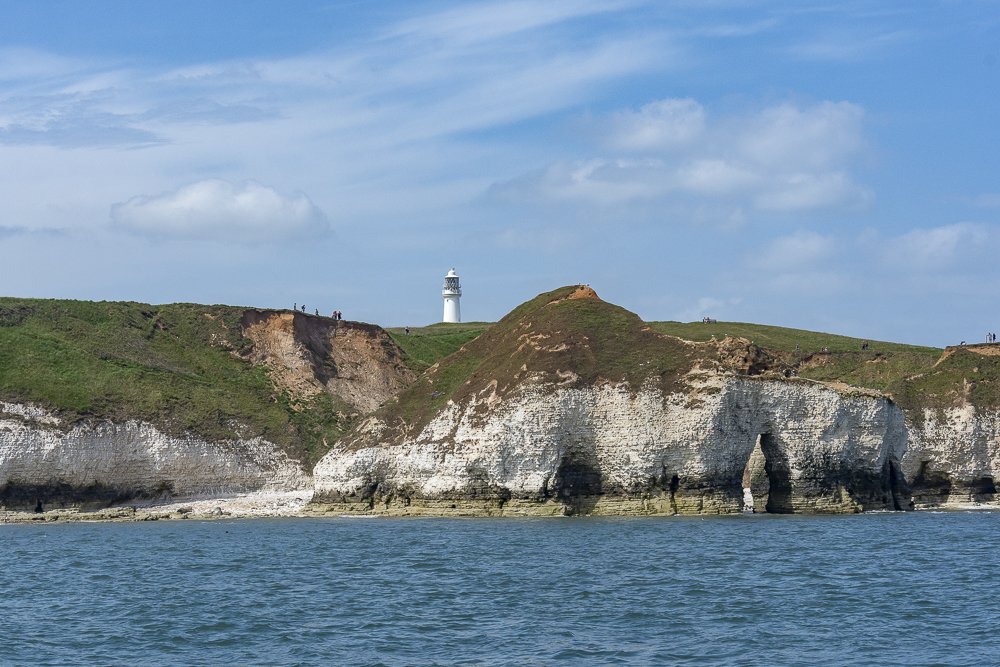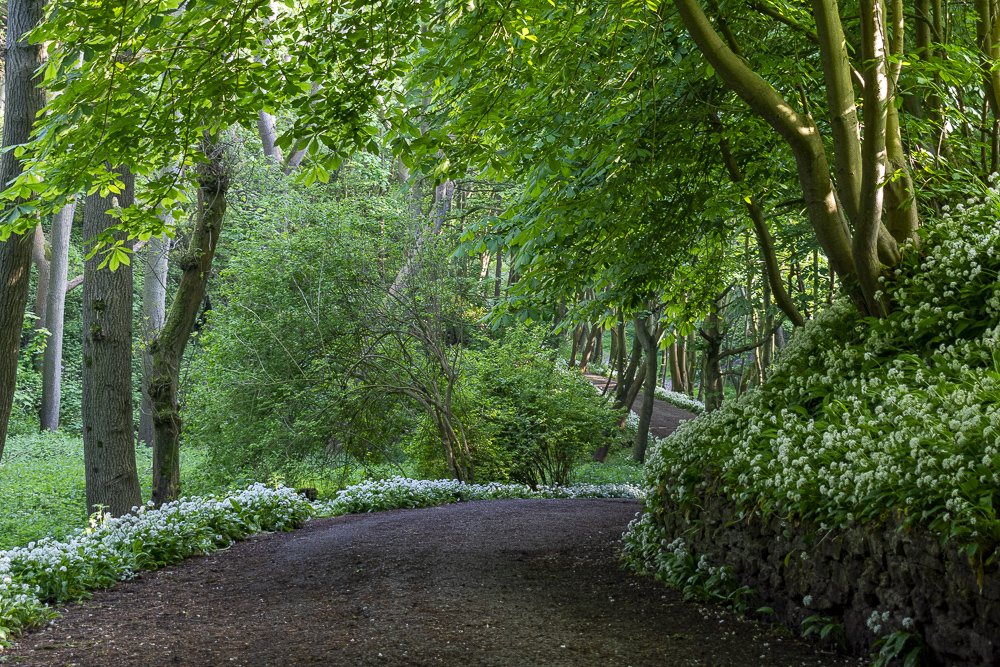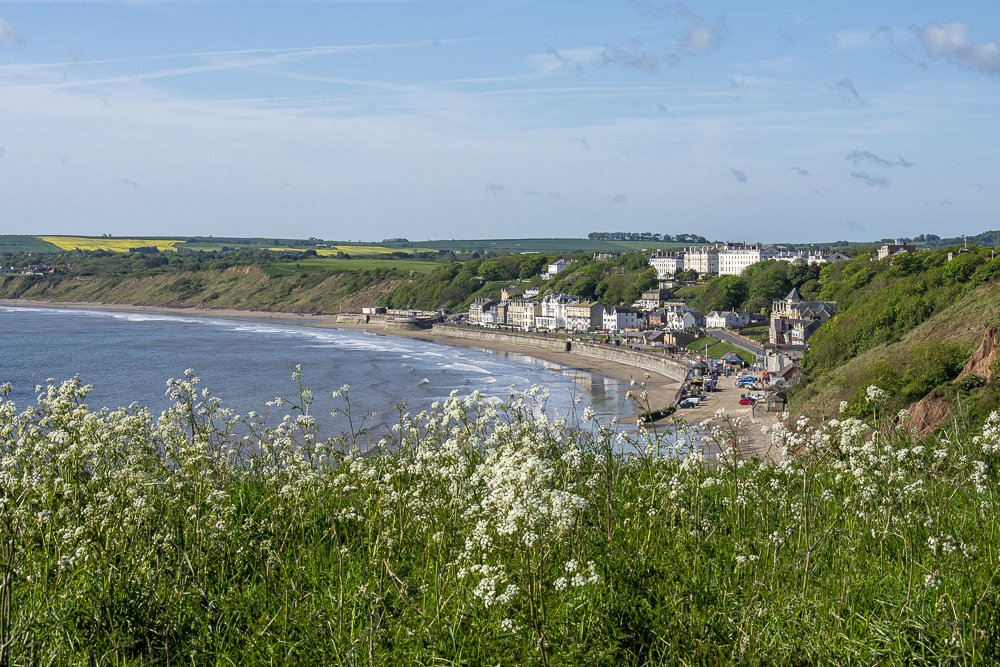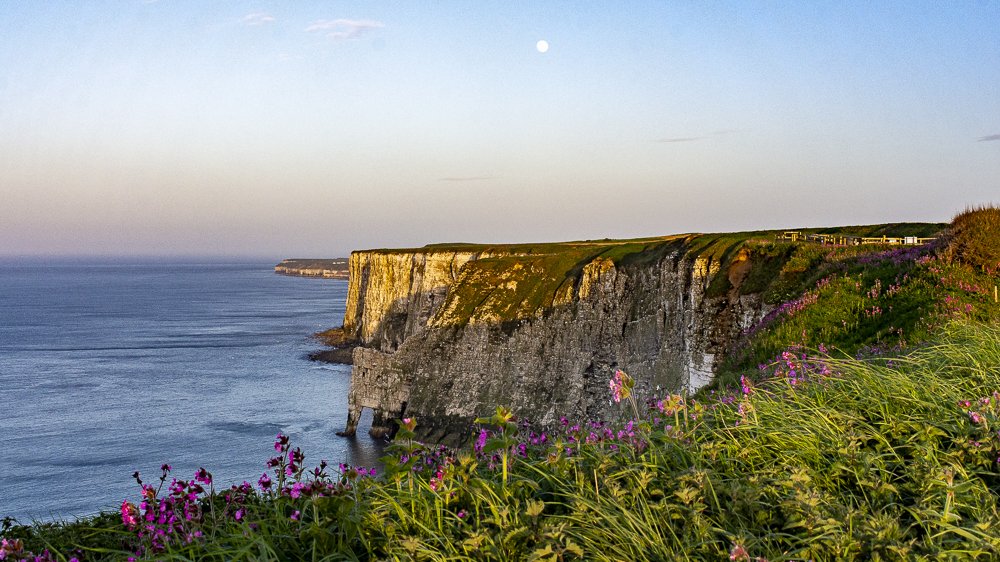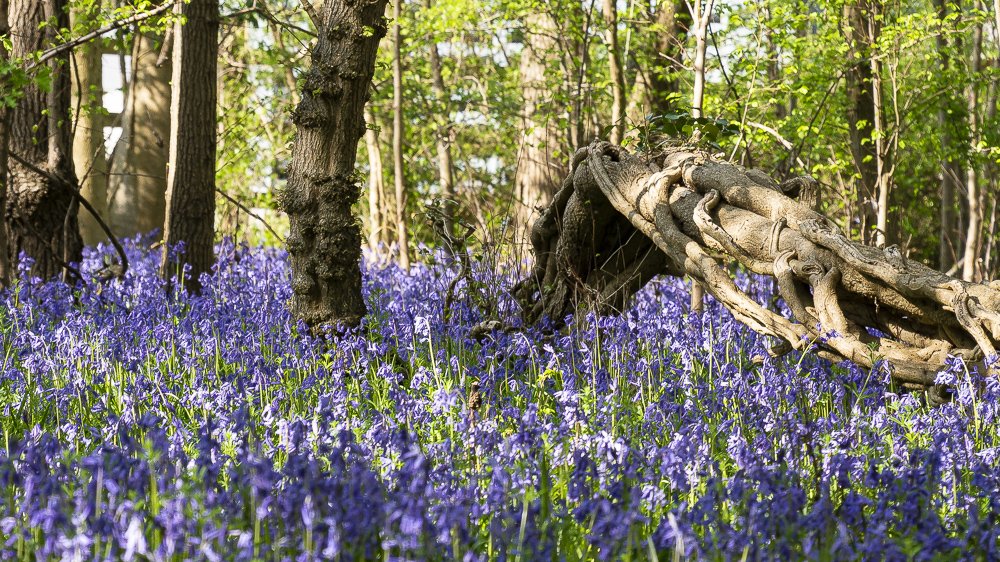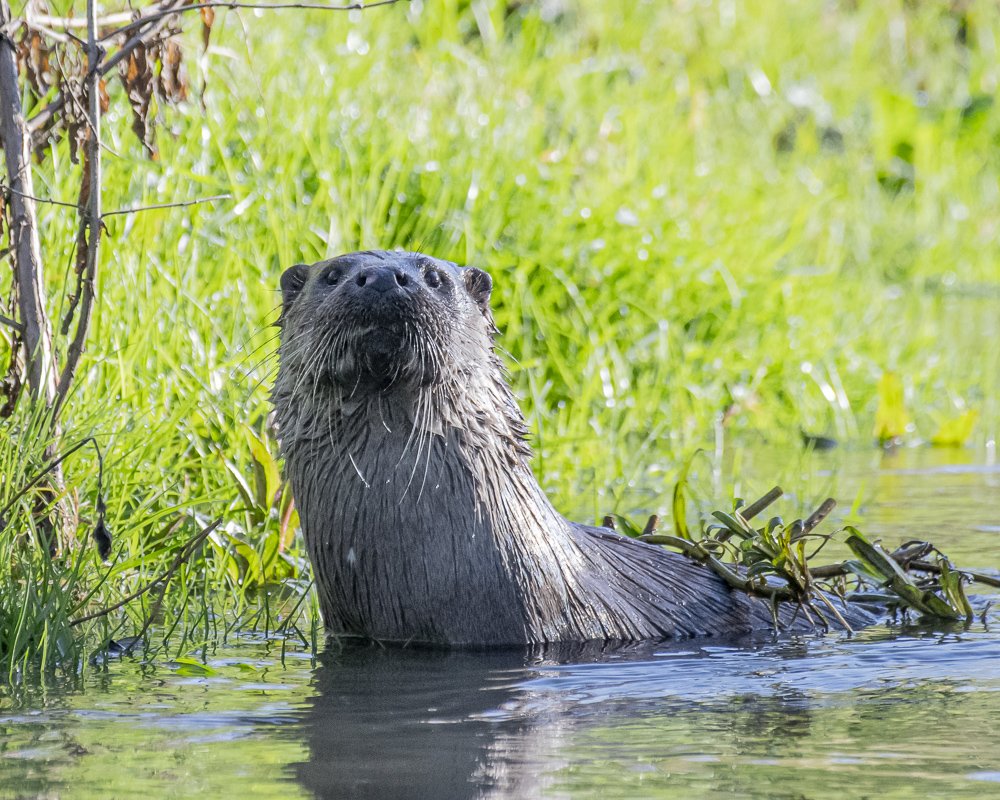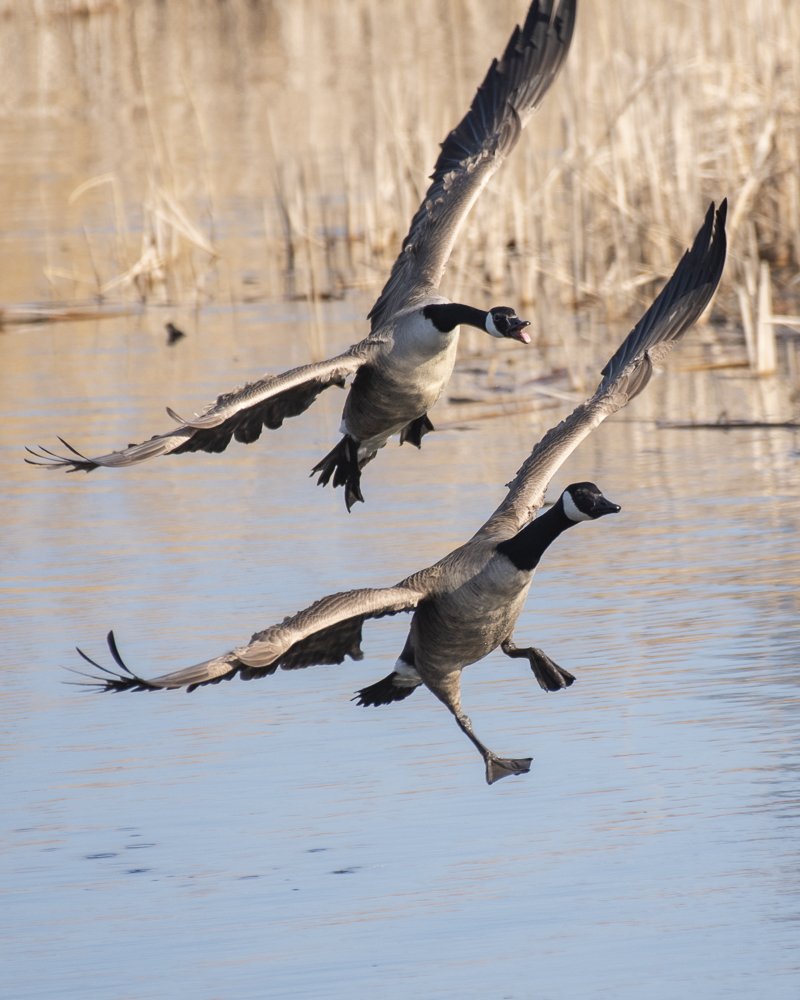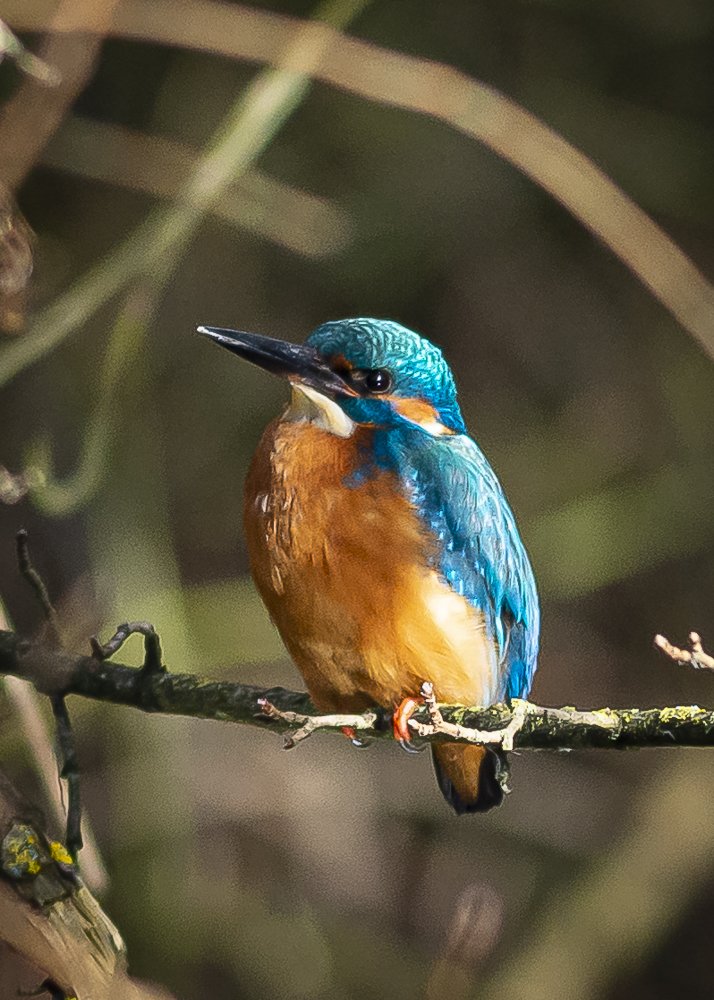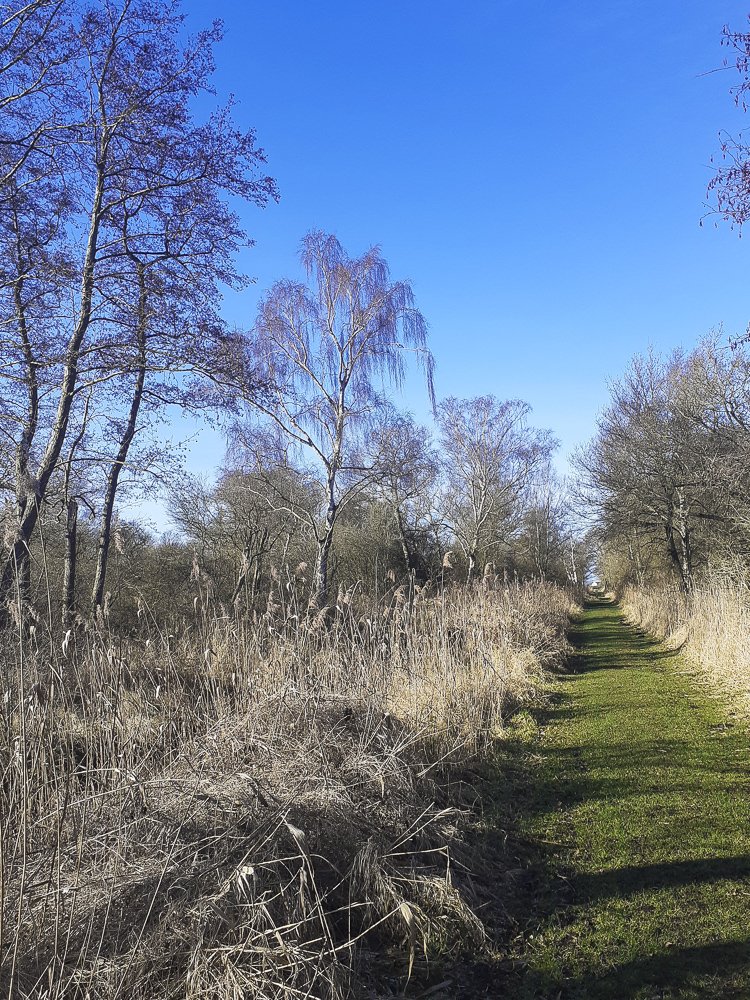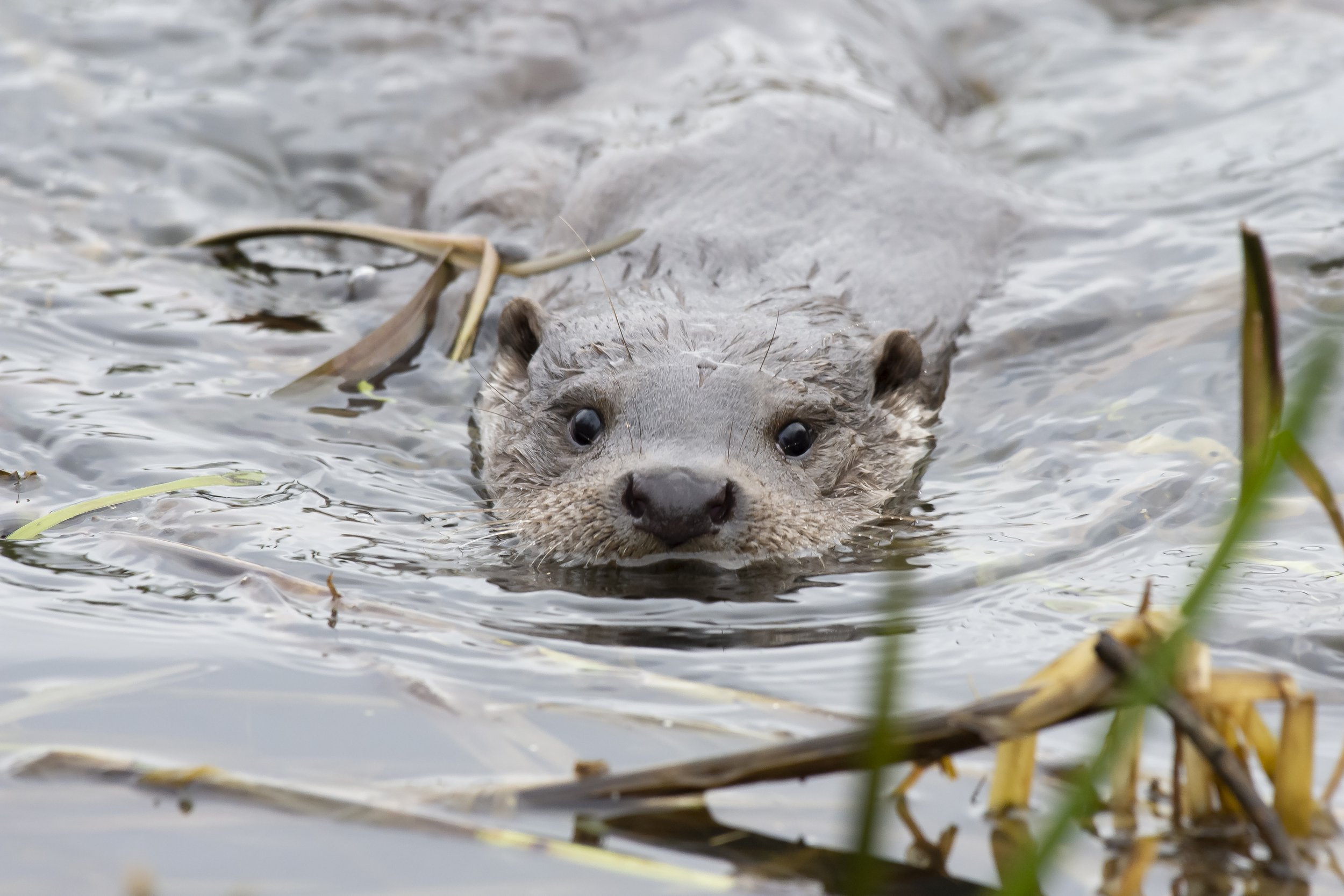July was a mixed month of local dog walks and days out.
We went on a visit to one of our local patches, Wood Walton Fen, in the hope of finding the Purple Emperor Butterfly. Several people were on the search for them when we arrived but so far up to this day there had not been any sightings. A bit worrying, and we still have not heard if any have been seen. We did see the Yellow Brimstone Butterfly, this one is on a Rothschilds Sunflower with a friend which may be a Green Tiger Beetle but not sure.
‘Rothschild Sunflower’ is a non-native plant introduced by The Hon. Nathanial Charles Rothschild, in an attempt to provide an extra food source for the re-introduced large copper butterfly, which had gone extinct in the UK in 1851. Sadly the attempts to reintroduce this species were not successful but the flowers are thriving and are popular with all sorts of insects.
The last time we visited the fen in May the Marsh Harriers were displaying and nest building, so it was great to see these young ones now fully fledged and flying confidently. Another success story for this reserve.
Little Eva pretending she is on an adventure in the African grasses,( a local corn field really).
Late afternoon and we went to the farm just to see what we could see. It was very windy but we found a sheltered spot along the edge of their hay meadow. This is always a good place for insects. In only one hour, between 4 and 5 in the afternoon, we counted 12 different species of butterfly. Meadow Brown(above), Peacock, Red Admiral, Comma, Small Heath, Small and Large Skipper, Small Tortoiseshell, Gatekeeper, Painted Lady ,Small White and Ringlet.
Just shows that farming can be wildlife friendly, and everyone benefits, so hats off to Martin and Juliet as years of hard work are now reaping rewards.
Nature Friendly Farming network https://www.nffn.org.uk
Another very warm day and Little Eva decided too take a swim in the local pond. She was absolutely determined to rescue this very long stick from the water and clean up the pond. A little dog with big ideas!
On Friday 14th we took our grandson and his friend to the Royal International Air Tattoo, RIAT, at RAF Fairford, Gloucestershire. It was a great day out but unfortunately this was the day Summer decided to take a pause. It rained and rained and rained, and not just showers, but continuous heavy rain all day. We all got soaked, but with our trousers sticking to us and trainers squelching we bravely stuck out the day. A very British thing to do, its only rain. Alas, due to the weather flying displays were limited and at about 2.00 in the afternoon, the organisers, after trying to balance keeping the displays going and safety to air crews and spectators, had to call an early finish and the show came to a soggy end. Well done to everyone though for trying to keep it all on track.
The picture shows the Saudi Hawks Display Team which managed an early spectacular display.
The show lasts all weekend and the great thing about going on the Friday is that you can see the planes arriving. So although we missed out on many of the displays we did see aircraft like the Red Arrows arriving even if we did not see them perform. As you can appreciate the weather conditions were not great for photography and our biggest challenge was keeping the cameras and lenses dry, we gave up on keeping ourselves dry, and did manage a few pictures.
JAS-39 Gripon E - Manufactured by SAAB
JAS-39 Gripon E
SK60 Manufactured by SAAB
Denmark F-60
Belgium F-16c Manufactured by General Dynamics.
So thanks to our Grandson. Without his help we would not have had a clue what we were photographing.
These air shows do make for some exciting and satisfying photography.
A day out at the seaside with our Granddaughter and the sun shone. It was a fabulous day for a walk and a paddle along the beach to the old wreck of Steam Trawler Sheraton at Hunstanton. This is a good beach for shell hunting but we didn’t find any sea glass this time.
A Fulmar soaring over the cliff edge.
Some of the Fulmars were still nesting on the cliff face.
Swifts were flying and screeching overhead, backwards and forwards to crevices in the cliffs. They can be quite noisy for a little bird. Believe it or not we did not have any photographs of Swifts, but we do now.
Finishing the busy day off with an Ice Cream before heading off for Fish and Chips and then home. A good day out. Even if the parking charges were ridiculously over the top. It was cash only for us, the parking app didn’t not work as the signal was so poor on our network. It was a combined effort of adults and child to find enough change.
On a sunny Sunday morning we went to the RSPB Sandy Lodge. Somewhere we haven’t been for a long time and its only up the road, but next County. It was extremely windy but weirdly warm. We didn’t find too much out on the reserve except for these Small Copper Butterflies behind the visitor centre.
We went for a wander around the gardens of the Lodge. Its always worth a look. It was very sheltered and planted up to be wildlife friendly. The Buddleias were covered with these beautiful Peacock Butterflies and Red Admirals. Don’t think we have seen so many in one place before, and all in pristine condition with vivid colours.
We were just strolling along one of the paths in the sun when something moved along in front of us. We stood and watched this very long Grass Snake trying frantically to get through the netting which was protecting one of the wild flower beds. Anyway, after a while she decided to give up and back track the way she had come, across the path and into some box hedging. We did not see her again.
We are thinking it was a “she” as the female is much larger than the male generally and the head of the female is much more pronounced in being triangular in appearance with eyes deep set into the cheeks whereas the male has an altogether more slender head with eyes that often protrude beyond the line of the face and jaw.
In front of the main house is a very large pond, which was probably very formal back in the day. It still has fish but the gardeners have put floating islands of wildlife plants and divided off each end and left the areas to the water lilies. The fish were “jumping and we sat on one of the many seats just enjoying watching them and the many butterflies fluttering around the flowers and shrubs. Then, “a bit of a do” on the patio in front of us interrupted our peaceful thoughts. A Hornet was trying to make a meal of a Red Admiral, but the butterfly was having none of it. He fought back and somehow, goodness knows how as the Hornet had a strong grip on him, he got away. He flew away in circles in a bit of a tizz, not sure if he survived. In the mean time the Hornet was a bit put out at losing his meal and kept flinging himself on the ground, a bit like a child having a tantrum, before flying off in the other direction. Not, thankfully towards us.
Walking through the long grass on our local dog walk we disturbed these grasshoppers, jumping about everywhere. They can be difficult to photograph as they jump as soon as you get near them, and they can, really jump.
It seems to be a good summer for the little Gatekeeper Butterflies, they seem to be everywhere.
What started out as a sunny dog walk within minutes turned into a must get home quick dog walk, as the clouds moved in very swiftly. The story of July weather this year.
We have been very lucky with the variety of insects spotted in our little garden this summer. A Roesels Bush cricket took a pit stop on a plant on the patio, before launching himself in the air and floating off. Roesels Bush Crickets could only be found on the east coast at the start of the century but it is thought that wildlife corridors such as grass verges and natural meadows are enabling them to spread more inland. They are a very striking insect.
A female migrant Hawker spent the morning hanging around in our Hibiscus. As the sun moved round so did she and as soon as the shrub was in the shade in the early afternoon she flew off.
Lets hope August brings in a little warmer and settled weather, although we do not need a heat wave thank you very much.
For more images taken at RIAT use this link RIAT Images



























